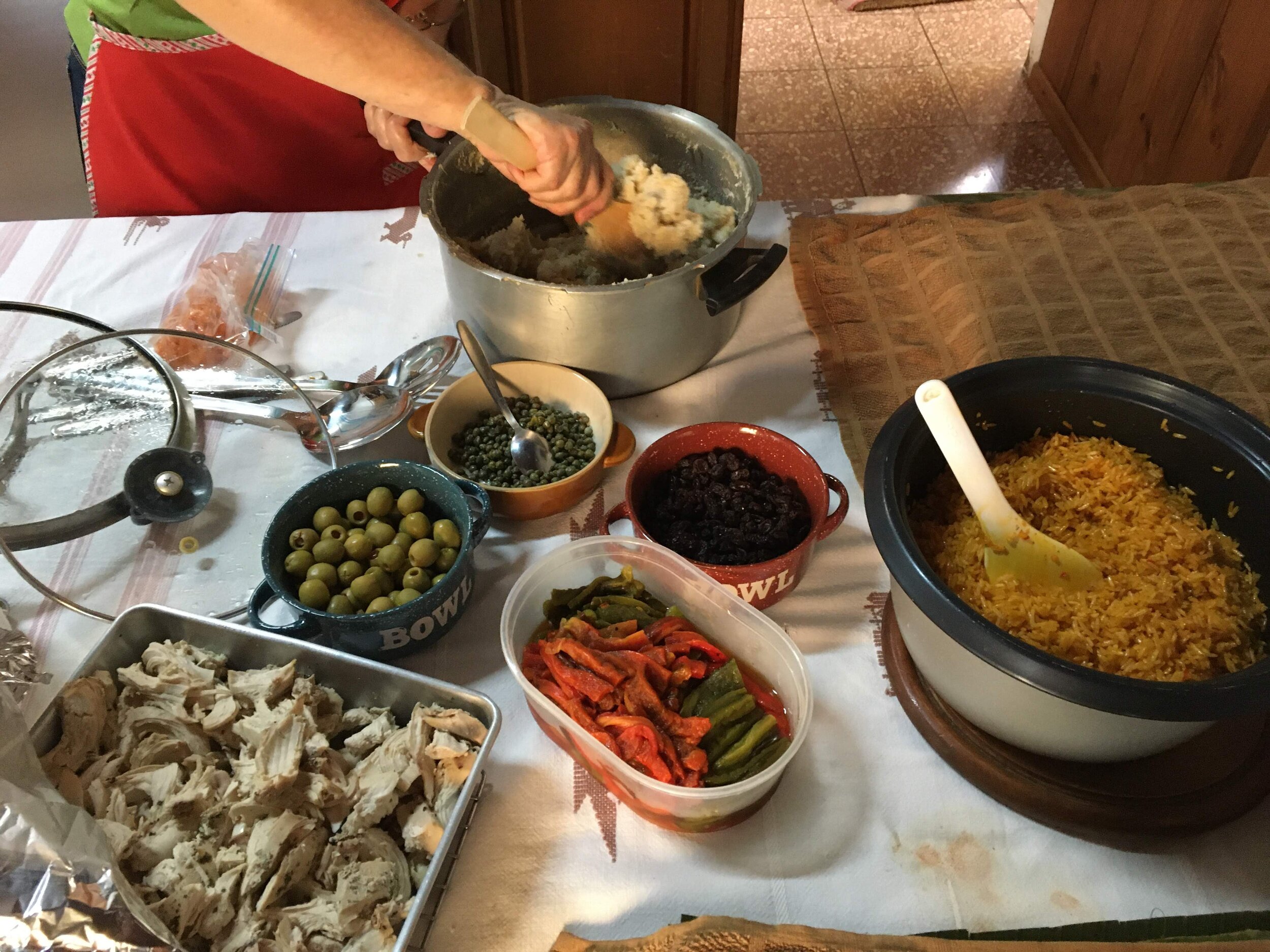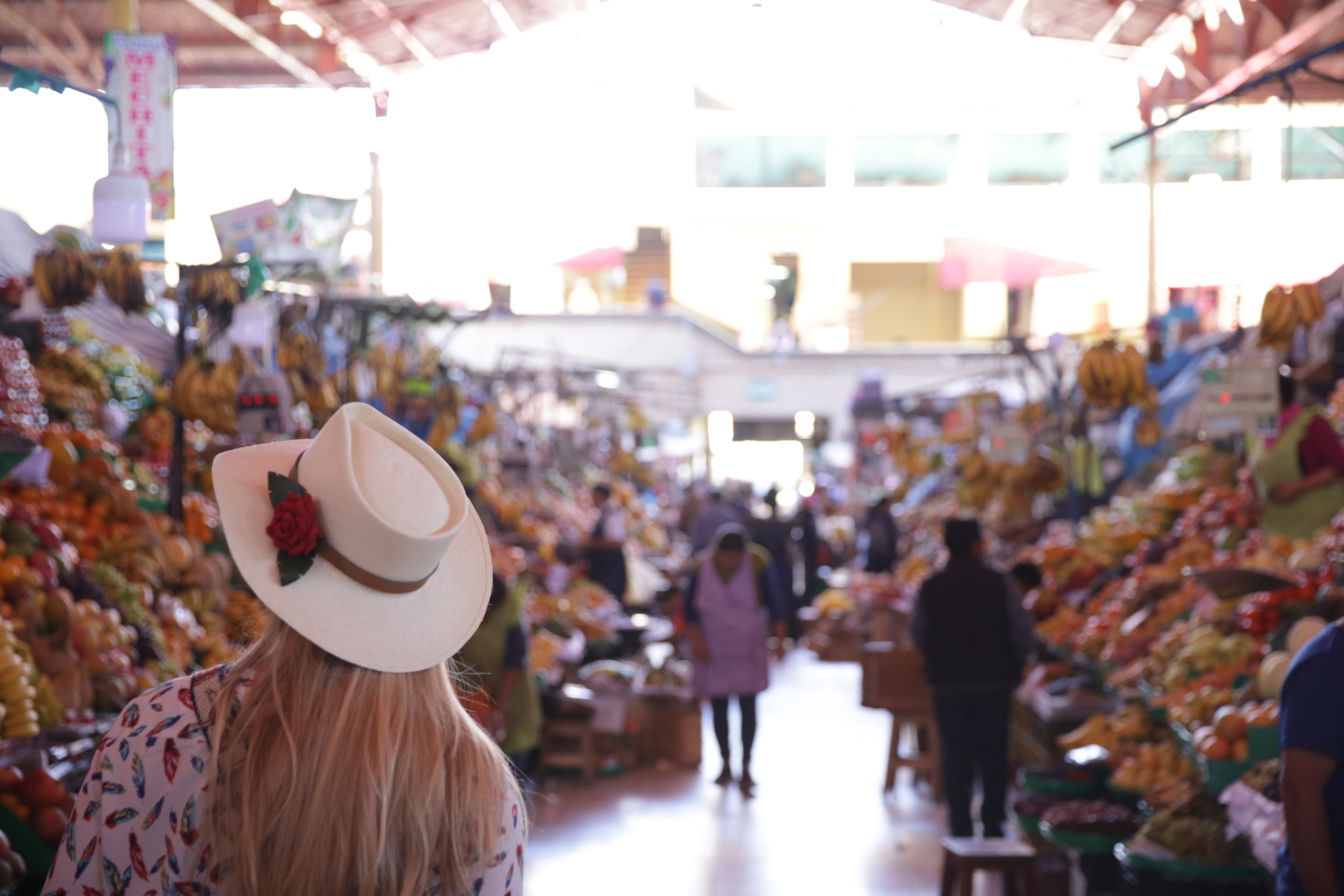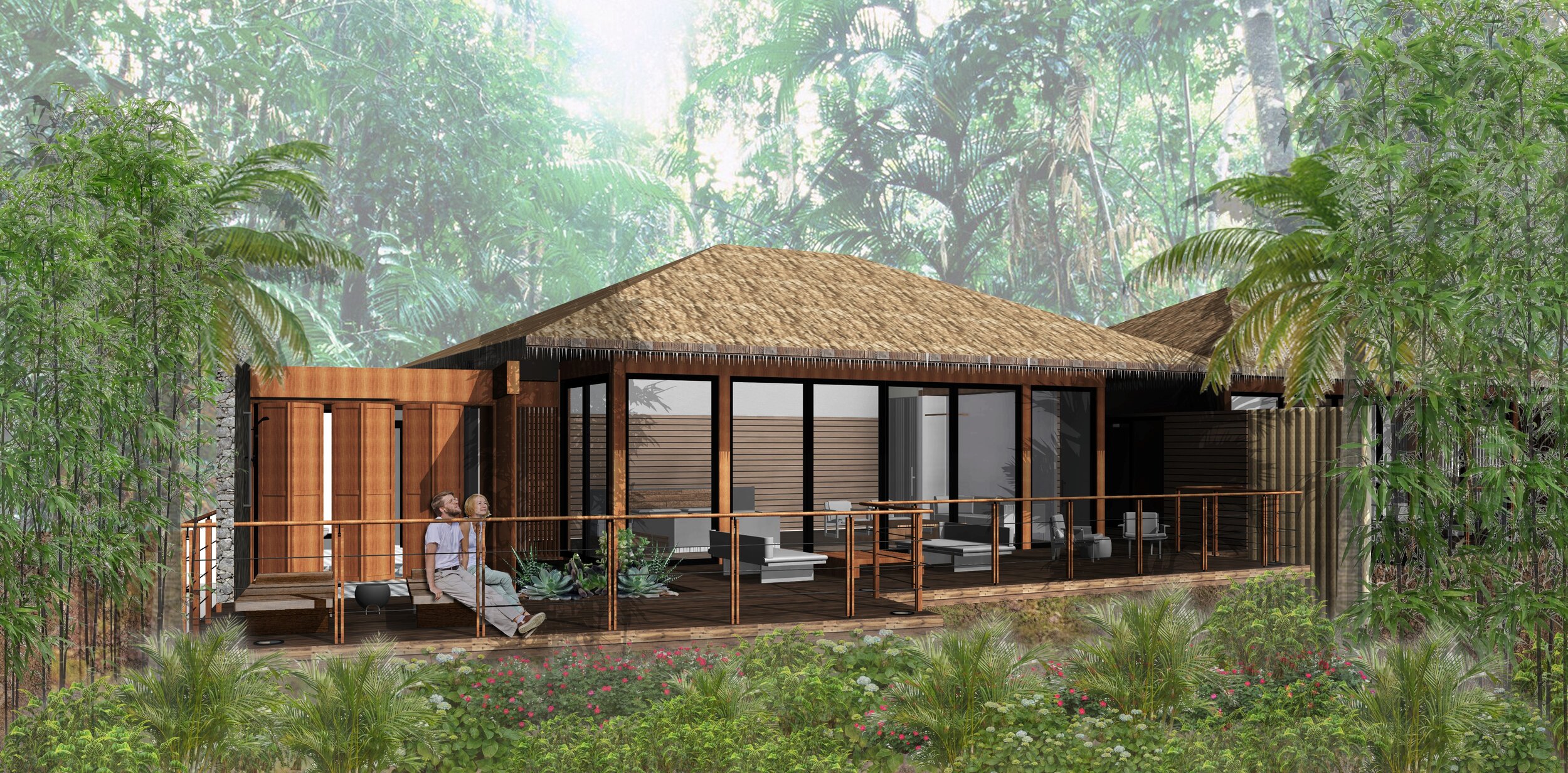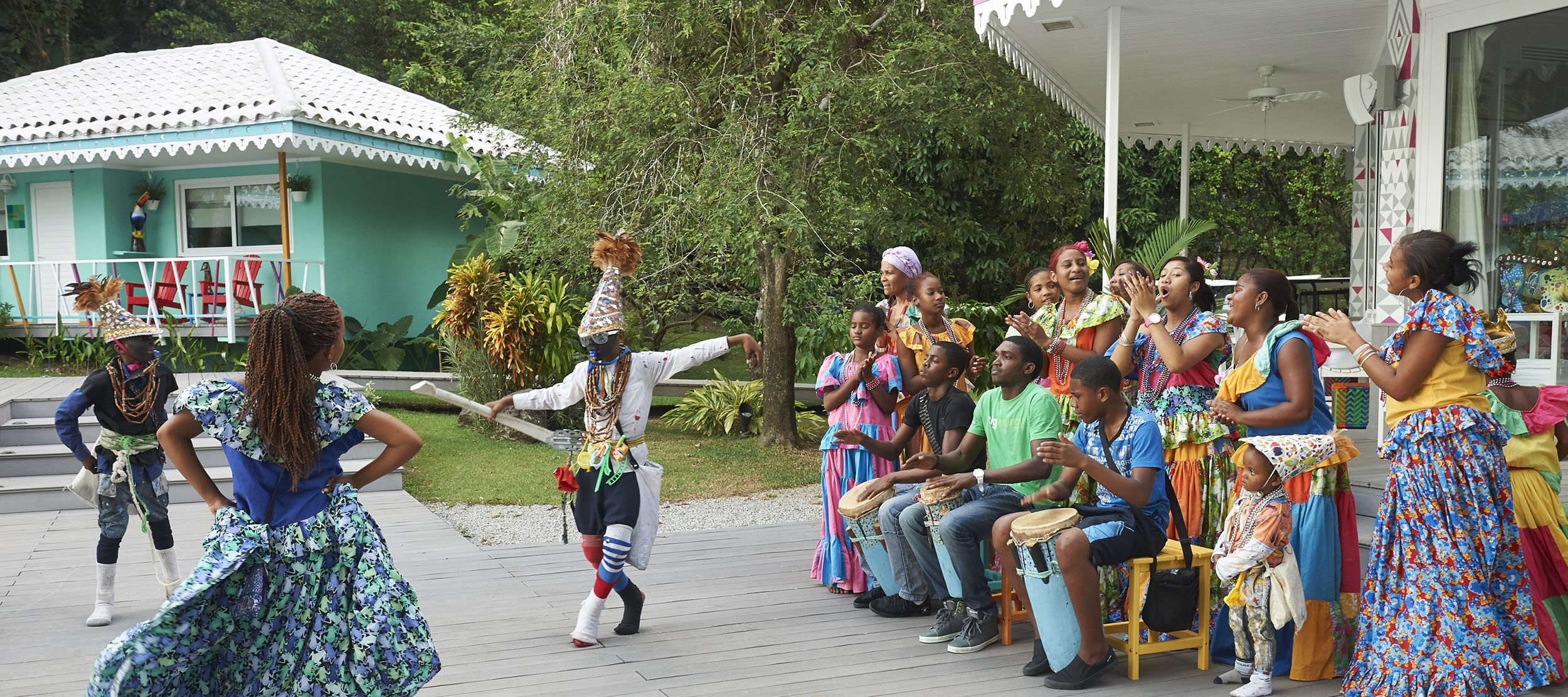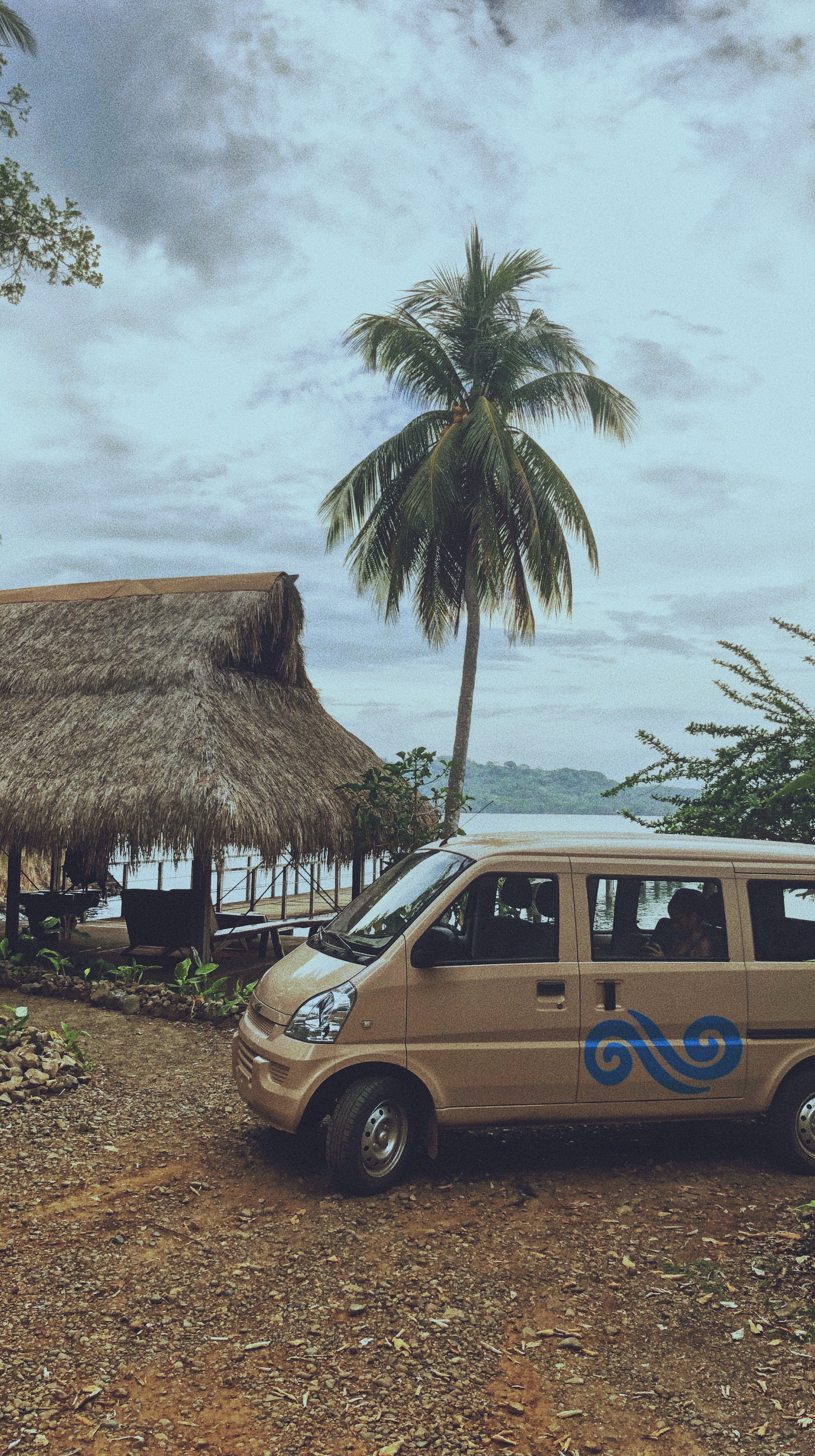Costa Rica Property Webinars: January 2020
Register for our webinars on Hotel Aguas Claras + Kurà and Senda Monteverde + Arenas Del Mar.
Costa Rica Property Webinars: January 2020
Kirsten is hosting webinars this week, covering news & updates from our partners in Costa Rica. Register directly via the links below. Even if you can’t attend during the live session, register regardless to receive a recorded copy and all associated sales & marketing materials. Each webinar will last approximately 30 minutes.
Hotel Aguas Claras & Kurà:
Inspired Design in Southern Costa Rica
When: Thursday, January 23rd @ 10:00 am Pacific Time
What: Discover the new Hotel Aguas Claras, the first luxury property on Costa Rica’s Caribbean Coast. Catering to adults, this hotel pairs well with Kurà for honeymooners and adventurous travelers seeking stylish, boutique properties that are off the beaten path.
Costa Rica 101: Senda Monteverde + Arenas Del Mar in Manuel Antonio
When: Friday, January 24th @ 10:00 am Pacific Time
What: The cloud forests of Monteverde combined with the rainforest & beaches of Manuel Antonio is a perfect & easy first trip to Costa Rica for families & travelers of all ages. Senda Monteverde & Arenas Del Mar are the top choices in either area, with ideal locations, exceptional staff & a variety of recent upgrades and on-property experiences that add considerable value when compared to other lodge options.
The Perfect Panama Itinerary for Families
The perfect 7-Night Panama Family Itinerary combining culture, nature, both coasts and two unique experiences at El Otro Lado & Isla Palenque.
The Perfect Panama Itinerary for Families
Your clients have already ”done” Costa Rica. Or maybe they are on the hunt for a destination that offers indigenous cultures, a cool city vibe, wildlife, adventure AND beautiful beaches. And is accessible via a relatively short nonstop flight from North America. And is warm, doesn’t come with altitude concerns, can be experienced within a week and is safe.
Panama checks all of these boxes and more and has been perhaps our most-requested destination so far in 2020. Travelers are often surprised at how modern and well-developed Panama is. Great infrastructure, paved highways and the USD as currency stand in contrast to 16th century fortifications, dense, impenetrable rainforest and indigenous groups such as the Embera and Guna Yala who maintain traditional lifestyles in the rainforest and on islands. The cultural diversity of the country is often unexpected as well, though the whole world has been transiting Panama for centuries and the influence of African, Chinese, Indian and European cultures can be observed especially well in the country’s culinary scene, a standout in Central America.
With our partners at El Otro Lado Private Retreat in Portobelo and Isla Palenque in the Gulf of Chiriquí, we’ve put together an ideal 8-Day/7-NightPanama Family Itinerary featuring the two best properties in Panama catering to the high-end traveler market while still being accessible, authentic and without pretense. For outstanding service, unique experiences and a selection of room options that work for families of different sizes (plus pools & water toys at both properties to occupy the kids while parents can sip a cocktail), this trip is hard to beat and has been thoroughly vetted and approved by Clark’s two sons, ages 7 and 10. (And they are tough to impress - having been every where!)
Highlights include:
Watching huge cargo ships traverse Gatun Lake from the Panama Canal Railway
Getting a lesson in percussion and rhythm from students at La Escuelita Del Ritmo in Portobelo (a free music school supported by El Otro Lado)
Learning about Congo cultural traditions and then painting in the Congo style
Wake boarding in front of a 16th century fort
Searching for Howler monkeys and sloths
Boogie boarding the waves at Isla Palenque
Discovering the remains of ancient, vanished cultures on the Secrets of the Island Walk
Snorkeling among coral reefs and visiting uninhabited islands in the Gulf of Chiriqui
Watching humpback whales breach and play with their babies in the waters around Isla Palenque (late July - early November)















The itinerary has been written with the travel professional in mind and is full of our notes on timing, flight options and recommended experiences in Panama City. We invite you to download this trip as a Word Document to send to prospective travelers, customizing as you see fit. You can also send it directly to your preferred Panama DMC or Tour Operator partner for a quote & their input or contact Kirsten at kirsten@clarkkotula.com for suggestions on how to put it all together.
La Tamaleada! A Christmas Tradition from Central America
In Central America tamales are an iconic part of the Christmas season, a delicious way to bring family members together to feast and celebrate their heritage. Silvia Solis, General Manager of Kurà, shares more about her family’s tamale tradition in Costa Rica.
La Tamaleada! Exploring a Central American
Christmas Tradition
Silvia, on the job at Kurà. Not making tamales.
Preparing, sharing and eating tamales is a beloved Christmas tradition throughout Mesoamerica - the cultural region spanning from Mexico to Costa Rica in which people share certain traditions, language and histories that date back to pre-Colombian times. Every year in early December, families and friends in Costa Rica gather for Tamaleadas, or tamale making parties, to divide and conquer the many labor-intensive and time consuming steps required to produce the delicious, leaf wrapped packages. Recipes and key ingredients will vary from family to family, but the significance of the tamale remains the same; a beloved ritual that brings family together to honor their heritage & celebrate the season.
I recently caught up with Silvia Solis, General Manager of Kurà, at an early December gathering in San Jose. From the city she was heading to her mother’s home for her family’s annual Tamaleada, which she kindly agreed to share with us below. Prior to joining Cayuga and working in hospitality, Silvia studied biology, conservation and ecology, attending graduate school and conducting field research in both Costa Rica and Mexico. She has sampled tamales near and far, but her mother’s remain her favorite.
Silvia’s signature tamale ingredients spread
“The "tamal" is a preparation that is purely Mesoamerican, there is no translation into English or any other modern language. It's a pre-Hispanic or pre-Colombian tradition, which means it was here way before the Spanish invaded Mesoamerica.
Tamales are basically a dough made from corn, masa - the same you use for tortillas. You can buy masa pre-made but my mother makes it herself. The corn must be white and has to be "cascado", which is the process to get rid of the peel or skin (this is the thing you get between your teeth from the popcorn!). To make our tamale masa, my mom cooks the corn with potatoes and also bacon fat which gives it a fantastic taste! In some recipes you’ll see that the fat or lard is added later in the process, but we add ours while the corn is still cooking. Once the corn is cooked we take it to the grinder, "molino de maiz, " and grind those three ingredients together into a dough. Then comes the good part, we mix the formed dough with a special blend of pork and chicken broth which has already been prepared previously, until the mixture has a texture like pudding. (Some people use just pork broth or just chicken, or a vegetarian broth if preferred.) Finally, the dough is then cooked down again, this time with the addition of lots of salt and pepper to enhance all of these delicious flavors.
Wrapped tamales ready for the final round of cooking.
The dough is prepared the same day you make tamales, but preparation for the other ingredients starts a couple of days prior. You have to prepare the broth, both chicken and pork meat, sauces (in my house we use a tomato sauce), rice with "achiote" (a natural condiment that gives a nice orange color to the food), carrots cut in small pieces, and then other various condiments. and fixings. In my house we create a "fusion" tamale blending ingredients from mediterranean cuisine, so we like to add capers, raisins, chickpeas and olives.
The other main task to accomplish before the main tamaleada is preparing the plantain leaves that are used for wrapping the packages. (Plantain or banana leaves are typical in Costa Rica. In Mexico and the American Southwest you are more likely to find tamales wrapped in corn husks.) The leaves must be trimmed to the right size and length, cleaned and then prepared "soasadas", not fully cooked but grilled just a little bit so they are flexible enough to wrap the tamales without breaking. To tie the tamales we use a cotton thread called "manila" or natural fiber from the plantain plants.
The day of the tamaleada starts early for the main chefs as we must prepare the masa dough and this step alone takes several hours. Once the dough is finished cooking and while it is still warm, we pour a scoop of it on to the plantain leaf and spread it a bit. On top of the dough we arrange the rice, meat on the side, peppers, other veggies and sauce on top. Of course the ingredients must have specific array and that's a "family signature"; my mom believes that how you arrange the ingredients is very important. When you open the tamal to eat it, it must look as good as it smells and invite you to devour it!
Silvia’s mother assembles the perfect tamale.
Once all the ingredients are in place and portioned correctly, we close the leaves with specific folds to seal out the water and pack the tamales in pairs to tie them up. The tie is very important, as the tamales must stay together through one more round of cooking! After all the tamales are ready, pair and tied, you must cook them one more time in a big pot with boiling water for about 45min. Traditionally the tamale pot is gigantic and we use a "fogón" or a fire on the ground so is easy to drop and pick up the tamales. If the folds and ties are good, then the tamales can boil for as long as necessary without any accidents like allowing water to seep through the leaves!
After the last cooking process you have to let them rest for another hour or until the cool down so that they hold their shape when you open them to eat. My mom was telling me the story of her first time making tamales by herself; she was so anxious to see the final product that she opened the tamal while still hot. Instead of retaining its shape the tamal “melted” and just spread all over the dish! You can imagine how upset she was after days of prepping and cooking - she started crying thinking that she had messed up the processed and ruined all of her hard work. But luckily my grandmother was around and explained that she just needed to be patient! “
Do you celebrate the holidays with a Tamaleada? Leave us a comment if you’d like to share your key ingredients or family recipe! And if you’d like to try making tamales at home, check out this version of a recipe from the Smithsonian: “La Tamalada: A Christmas Tamale Tradition”
Why Travel to Arequipa to stay at Cirqa?
Ignacio Masias seems to have a knack for knowing where and when to launch a new property in Peru. While most in the travel industry are familiar with the names and reputations of his properties, less are familiar with Arequipa as a destination or know why someone would want to travel there to stay at Cirqa.
Three Reasons to Travel to Arequipa to stay at Cirqa
Ignacio Masias
Ignacio Masias seems to have a knack for knowing where and when to launch a new property in Peru. The Inkaterra Villas in the Sacred Valley, Titilaka on Lake Titicaca, Hotel B in Barranco, Atemporal in Miraflores—all of the projects he has been involved with have not only pushed the envelope in luxury hospitality experiences in Peru, but they have fundamentally changed or re-invented the destinations where they are located.
Now, Ignacio has done it again with the opening of Cirqa in Arequipa. While most in the travel industry are familiar with the names and reputations of his properties, fewer are familiar with Arequipa as a destination or know why someone would want to travel there.
During my ten years leading trips in Peru from 1997 to 2007, Arequipa was a mainstay of itineraries and hands-down my favorite city destination in Peru. I believe it kind of “fell off the map” starting around 2006 when luxury hotel development really started to ramp up in the Cusco/Sacred Valley/Machu Picchu area and high end travelers and travel advisors began to just focus on those areas. Arequipa has not lost any of its charm, but now the spotlight is back on it due to the opening of Cirqa. I want to share a few reasons why it is such a spectacular place to include in a Peru itinerary and how to do it.
1. The Weather, Altitude and Size of the City
Arequipa sits at a very manageable altitude of 7,600 feet (2,300 meters) right at the convergence zone between the Atacama Desert and the high Andes. The city boasts 300 days of sunshine a year on average, low humidity, and average daytime temperatures in the low 70’s—in other words, it’s an absolutely splendid climate. For travelers who are worried about how the high altitude is going to affect them in Cusco (11,200 feet) or Lake Titicaca (12,500 feet), Arequipa makes a perfect acclimatization stop for a couple of nights before moving on to higher elevations. Also, if you like nice weather, consider that during the “high season” of tourism in Peru between June through August, Lima is cloaked in cold heavy fog those months while Arequipa is marvelous.
Arequipa is Peru’s second largest city, so flights from Lima (only 1hr20min flight time) are leaving almost every half an hour from sunup to sundown, so you can pretty much connect right to Arequipa on arrival in Lima easily, and then fly directly on to Cusco from Arequipa. Also, if you want the culture and vibrancy that a city offers, but are turned off by traffic and total mass humanity of Lima, Arequipa is only about a million people vs the nine million of Lima. It’s a very manageable size and a joy to explore on foot or by short car trips. Combine the weather, elevation, size, and all there is to do in Arequipa, and it makes a great alternative to Lima for the right travelers.
2. The Variety of Things to Do
Being Peru’s second largest city, Arequipa offers visitors a huge variety of experiences. It’s also easily escaped, if you like cities but need some outdoor time as well. There is fantastic whitewater rafting, mountain biking, hiking, and horseback riding right around the city outskirts.
Arequipa is extremely picturesque on many levels. The city is ringed by three huge volcanoes which can be seen from the city center (Misti, Chachani, and Pichu Pichu) which are snow-capped during certain times of the year.
Due to these volcanoes, the entire city is built using a blocks of bright white volcanic stone called “sillar” which are often painted bright colors that give it an almost Portugese flair of sophistication. The architecture in Arequipa is one-of-a-kind due to the use of this stone, and a joy to lay your eyes on. The most visited attraction in Arequipa is the Santa Catalina Monastery which is a sprawling historical complex right in the city center—a wonderful meditative experience is to just wander through this complex as you soak up the colors, textures, and serenity of this monastic oasis in the city center. For museums, Arequipa has a total jewel in the “Museum of Andean Sanctuaries.” This museum houses “Juanita the Ice Maiden;” the mummy of a young girl who was sacrificed during an Incan ritual on nearby Mount Ampato sometime between 1450-1480. She was discovered by mountain climbers in 1995. The high dry air kept her perfectly preserved—even her braided hair and the contents of her stomach were perfectly preserved. (In fact, most confirmed research that has been done on Incan ceremonial customs stems from Juanita.) The museum provides an incredible background in understanding the Incas connection with the earth.
There are lively markets to explore and to see the bounty of ingredients produced in Peru, and fantastic dining experiences throughout the city including the private restaurant at Cirqa. Culturally, Arequipa is the Peruvian center for art and literature and was the home of Peru’s most famous author and activist, Mario Vargas Llosa, who won a Nobel prize for literature. His home has been converted into a splendid interactive museum—well worth a visit.
Sitting in the lively Plaza de Armas at sunset, listening to children's laughter as they play tag between the towering date palms, watching the colors reflecting off the white sillar stone of the Cathedral, the perfect temperature enveloping you with a backdrop of Andean volcanoes…is simply an unforgettable experience. Simply put, a couple of days in Arequipa will leave you not wanting to leave. It’s the most pleasant atmosphere of a city in Peru, hands down.
3. Overland Trips from Arequipa
Cirqa was conceived as the sister property of Titilaka, Ignacio’s other incredible property on Lake Titicaca. The properties are in sync and if combining them on the same trip, you can check in at one and check out at the other. The full day overland journey between Arequipa and Lake Titicaca is wonderful and well off the beaten path. The route takes you right through the middle of the close to one-million-acre “Salinas and Aguada Blanca National Reserve.” This reserve consists of large altiplano grasslands and massive volcanoes, the grasslands are brimming with massive herds of llama, alpaca, vicuna, and guanaco—all the species of Andean camelids. There also exist tranquil lagoons and wetlands, full of Andean flamingo and crested ducks. Many small indigenous communities are located along this route, whose inhabitants make a traditional living from the herding of Andean camelid species for wool and meat. It’s a rare corner of Peru that most visitors don’t get to see, undisturbed by the mass tourism of the Cusco and Machu Picchu areas.
Arequipa is also the gateway to the Colca Canyon, one of the deepest river canyons in the world at 10,730 feet deep. It’s pre-Incan and pre-Colombian inhabitants, the Collagua and Cabana, have carved out a mesmerizing mosaic of terraces throughout the valley which still sustain them. A visit to the Colca Canyon usually consists of visiting the cute colonial towns, visits with the indigenous communities, soaking in natural hot springs, hikes along the canyon rim, and a visit to “Cruz del Condor”—arguably the best place in South America to witness the majestic Andean Condor soar. The Andean Condor population has been well protected for many years and nest in the canyon walls. They begin soaring on their massive wingspans, which can reach up to 10 feet, mid-morning when the thermals build in the increasing warmth of the sun. The Colca Canyon can be visited to or from Arequipa for a couple of nights, or can be a stopover on the overland route to Lake Titicaca and Titilaka Lodge.
Cirqa offers various rate plan options from simple bed and breakfast rates where excursions and activities can be booked on site at additional cost, or fully inclusive rates which include airport transfers, two half-day or one full-day privately guided excursions, and the discovery transfer to Lake Titicaca.
Explore more about Cirqa at www.cirqa.pe or on our travel trade reference page of this website.
What's Next for Lapa Rios: Suite Upgrades & Upcoming Renovations
Lapa Rios on Costa Rica’s Osa Peninsula has long been a globally respected model of sustainable tourism, community engagement and conservation. The new owners have exciting plans to elevate the guest experience while remaining true to these values.
What’s Next for Lapa Rios: New Suites & Planned Renovations
When the Fernandez and Loeb families purchased Lapa Rios in June of 2019, they were excited to become stewards of a very special place. The Osa Peninsula - dubbed the most biodiverse place on the planet - has drawn wildlife enthusiasts to the region for nearly three decades. Imagine spotting swooping scarlet macaws, lazy sloths, monkey chattering in the treetops and brilliant poison dart frogs hopping right in front of you, all on your way to breakfast. But it is this incredible biodiversity combined with Lapa Rios’s position at the tip of the tropical Golfo Dulce that makes it truly unique in the world. Protected from development by a land easement (the lasting legacy of original owners John & Karen Lewis) the property’s 1,000 acres of lush rainforest merge into sandy beach & warm turquoise water that teems with marine life while footpaths lead to three coveted point breaks, ideal for all surf ability and within walking distance from the lodge.
L to R, Roberto Fernandez, Jack Loeb, Luz Fernandez and daughter Natalia Fernandez, new owners of Lapa Rios Lodge
The Loeb and Fernandez families also own (and are the founders of) Pacuare Lodge, sister property to Lapa Rios within the National Geographic Unique Lodges of the World portfolio. “Lapa Rios is amazing, but we didn’t purchase it with the intention to leave everything as is. We plan to make changes,” shared Luz Fernandez, when we caught up with her recently. Most notably, and immediately, those plans include the move towards 100% renewable energy resources from a combination of solar and hydro power. (Previously the property used solar power to heat water but most electricity was provided from generators.)
They also worked with the local community in Puerto Jimenez to purchase a fast, comfortable and modern boat, enabling Lapa Rios guests to access Corcovado National Park in an easy 1.5 hours. Before, entering Corcovado from Lapa Rios was a bit arduous, requiring a pre-dawn wake-up, a long and bumpy road transfer and then a long boat ride, tallying over 3 hours of movement prior to reaching the park’s entrance station. Now, guests can enjoy their breakfast at a more civilized hour, take a quick trip to the closest dock and enter Corcovado National Park by 9:30 am, giving them more time to explore and search for tapirs, one of the park’s main animal attractions that is infrequently spotted within the Lapa Rios reserve. “If the tides are right, the boat can even pick up or drop off guests right at Playa Pan Dulce” (the beach closest to Lapa Rios), shared Luz. “They don’t even need to drive from the property.”
A young tapir spotted in Corcovado National Park. Photo credit to Guillermo Mulder.
Future plans include improving access to the water and elevating the guest beach experience, building a full spa, adding connectivity to the 17 casitas in the form of wifi and/or phones and addressing the # 1 source of guest complaints at Lapa Rios - the stairs. “It will take time, but we plan to eventually enable guests to access their rooms via electric golf carts. Guests will still have the choice to walk between their casitas and the main lodge, and indeed, especially in the morning the walk to breakfast is an awesome time to spot wildlife, but in the future they can also choose to ride instead,” shared Luz. An exact date for this project is TBD but it is high on the list of priorities.
Already in the works? Two new suite categories which will delight travel advisors whose clients may have previously thought of Lapa Rios as a little too rustic. 4 Lapa Ocean Villas and 2 Premier Lapa Suites opened on December 15th, providing upgraded suite options geared towards both couples and families. These new villas and suites are located at the lowest point of the property and closest to Playa Pan Dulce (where bungalows 14-17 previously stood). Architectural renderings and descriptions are below and all casitas (now called Deluxe Lapa Bungalows) will be upgraded and completely renovated over the next several months. All 17 units will retain the stunning views of the Golfo Dulce and surrounding rainforest canopy.
Lapa Ocean Villas (4 total)
Perched above the forest canopy and with sweeping ocean views, each newly built Lapa Ocean Villas immerses guests in the spectacular wild nature of the Osa Peninsula. Each stand-alone villa features smooth hardwood flooring and elegant natural accents. Floor to ceiling screens and a wide wrap-around deck ensure stunning views. The outdoor terrace has a private rain shower, a refreshing plunge pool, hammocks, and comfortable chairs and lounges. Indoors is a living area with a daybed plus a beverage nook with gourmet Costa Rican coffee. The master bedroom features one King bed, fine linens and eco fans. The villa has a spacious bathroom with two solar-heated rain showers. Lapa Ocean Villas can accommodate up to 5 people and are perfect for a family (2 adults and 3 kids) rainforest adventure.
Artist rendering of Lapa Ocean Villas
Premier Lapa Suites (2 total)
For couples or friends who want the best, the two new Premier Lapa Suites offer unparalleled comfort combined while immersing guests in one of the most biodiverse places on earth. Each private standalone suite is surrounded by the rainforest canopy and its abundance of wildlife. Private wraparound terraces feature hammocks and comfortable lounge seating plus a refreshing outdoor rain shower. Indoors you’ll find floor to ceiling views with screens to let in the ocean breezes, efficient eco-fans, a comfortable day bed & reading nook and either one king or two queen-sized beds. Even the bathrooms, with spacious solar heated rain showers and organic amenities, offer views of the rainforest and ocean. Lapa Premier suites are ideal for 2 adults. There is the option to connect these two suites as well through a door on the terraces.
Architectural rendering of Premier Lapa Suites.
How to sell Lapa Rios? The natural beauty of the destination is so unique and the wildlife so remarkable, we think it is worth including in every itinerary. For an epic adventure, consider pairing it with Pacuare Lodge and combining the two via helicopter. For a trip that starts wild and finishes luxe, we like Lapa with Kurà. And if you want to include Panama, Isla Palenque makes a great add-on to follow Lapa Rios with a private island of abundant beaches. Contact reservaciones@laparios.com for availability + assistance with logistics and a complete itinerary within Costa Rica.
Fundacion Bahia de Portobelo - The Heart of El Otro Lado Private Retreat
El Otro Lado is far more than a luxury hotel on Panama’s Caribbean Coast. In fact, El Otro Lado’s owner originally built the hotel to complement the nonprofit Bahia de Portobelo Foundation, highlight the music, art and unique Afro-Panamanian “Congo” culture of Portobelo’s talented residents, and share this magical place with the world. Read more about the “Why” behind El Otro Lado and the Fundacion Bahia de Portobelo.
Fundacion Bahia de Portobelo -
The Heart of El Otro Lado
El Otro Lado Private Retreat definitely has a soul; when you first arrive on property you sense it in every thoughtful detail. Whimsical furniture, local Congo artwork highlighting nature and human connection, splashes of bright color everywhere and an amazing curated playlist of Latin and Afro Caribbean music from the archives of Gladys Palmera combine to assure the guests “Here is a place that knows how to celebrate the beauty of life without taking itself too seriously. “
But to discover the heart of El Otro Lado, one must venture across the bay and join Mama Ari - town matriarch and custodian of Congo* culture - on the Cultural Walking Tour of Portobelo. This humble town was once the most important shipping & trade port in the Americas during Spanish colonial times and is full of history and stories. In addition to visiting the UNESCO fortifications that guarded the town from attacking pirates, guests are welcomed into the homes of local people and participate in the programs of Fundacion Bahia de Portobelo which promotes, preserves and celebrates the unique cultural heritage of Portobelo’s people while encouraging social and economic development.
The nonprofit Fundacion Bahia de Portobelo is the passion project of three women; Aurora Eleta, the owner of El Otro Lado, her sister Alejandra Fierro Eleta (aka Gladys Palmera ) and their cousin Sandra Eleta, one of Panama’s most famous photographers. They each fell in love with the richness & magic of Portobelo - on Panama’s bohemian Caribbean coast - called the “other side” by residents of Panama City. In and around Portobelo, rainforest, mangroves, the Caribbean Sea, legends of pirates and the proud history of the rebel Congo people merge to form an area that is incredibly rich in biodiversity, culture and artistic expression. From the delicate woodwork of carpenters, the bold colors and nature themes in Congo paintings, the interpretative dance and songs of young local Congo performers, to the pulsating drum beats emanating along the coastline during the area’s holidays, the region is a treasure trove of Afro Caribbean art & culture.
But despite this cultural and natural richness and a historic past, Portobelo today faces many challenges. The educational and economic opportunities within the town have been minimal; government provided healthcare is inadequate and social services have been lacking.
Diosamary Loré, Director of Sales at El Otro Lado, clowns around with Elian 8-year old student at the Little Rhythm School which provides local kids with free musical classes with support of the Bahia Portobelo Foundation.
To counter these inequalities, Fundacion Bahia Portobelo works to strengthen the economic, social and cultural well being of the citizens of Portobelo in a myriad of ways. With La Casa de la Cultura Congo (or just Casa Congo), the foundation operates three B&B style accommodations and a small waterfront restaurant. After touring Portobelo with Mama Ari, El Otro Lado guests enjoy a post-tour lunch here, with traditional Caribbean fare like fried conch and grilled octopus. With the Congo Culture recently receiving recognition by UNESCO, tourism is slowly growing in Portobelo and employment at Casa Congo offers local people (especially youth) valuable experience in the hospitality and food service industry, enabling them to work in El Otro Lado, venture elsewhere or start their own tourism based enterprise.
Casa Congo also features a community center, computer lab, art studio and curated art gallery displaying locally produced paintings, sculptures and furniture, photographs as well as a small museum tracing the roots of Portobelo’s inhabitants back to West Africa. All proceeds from gallery sales go directly to the artisans - both the skilled carvers & furniture makers in the local Carpentry Workshop (based onsite at El Otro Lado) and the painters - enabling them to make art a sustainable profession. Local artists also lead informal art classes for guests of El Otro Lado, introducing guests to elements of the Congo style and encouraging them to let their imagination run free in creating their own pieces.
A local artist leads a painting class at El Otro Lado, a fun experience for adults and children alike.
Mary, once a student at La Escuelita del Ritmo, went on to study music at UC Berkley and has since returned to Portobelo to continue developing the school’s musical programs.
Across the street from the gallery, a blue building houses the foundation’s La Escuelita del Ritmo, where local children receive free music instruction in a variety of instruments, ranging from singing to African drumming to guitar to trombone & saxophone. Originally envisioned as an after school program to keep children off the streets, the Little Rhythm School is now the hottest ticket in town (100% of the town’s youth participate in the program) and a great source of pride for Portobelo. The immensely talented youth troupe has performed for visiting ambassadors, presidents and dignitaries to Panama, and the most gifted individuals are eligible for music scholarships to UC Berkley. A former student & scholarship recipient, Mary, has returned to the school as a teacher and recently launched a music program for very young toddlers.
Guests of El Otro Lado can join the students in a percussion class or enjoy a musical performance at the property, a fully participatory experience that draws even the most reluctant dancer into the fray. It’s incredible to watch child-prodigies like 8-year Elian (below) come out of his shy shell and improvise on stage.
Lastly, to experience Congo Culture at its most raw and real, visit Portobelo just after Easter during the annual Congo Festival (which alternates each year between La Fiesta de los Diablos y Congos and the Fiesta de Conga Pollera). Every year in March or April thousands of visitors gather to watch local performers celebrate the resistance of the Cimarrones, formerly enslaved Africans during the Spanish colonial period who escaped to the surrounding rainforest and established free communities. Dressed in wild & elaborate homemade costumes and masks, the actors tell the story of the Cimarrones who assisted English privateers like Francis Drake and pirates like Henry Morgan to successfully sabotage Spanish colonial trade vessels. Using these partnerships as leverage, the Cimarrones negotiated with the Spanish (the Devils) to have their freedom recognized and established themselves as “Congos”, the name their descendants proudly use to this day to recognize their African roots and unique Panamanian story.
The Fundacion Bahia Portobelo funds the annual Congo festival, which includes performances by La Escuelito del Ritmo and highlights the work of many local artists.
Congo Festival performers dressed as Cimarrones (seated) and Diablos (the Spanish colonists.)
FAM Trip Highlights from Ecuador and Panama
Highlights from our May and June FAM trips to our properties in Ecuador and Panama.
FAM Trip Highlights from Ecuador and Panama
In May and June we led FAM trips to our properties in Ecuador and Panama. Clark escorted a group of 11 travel professionals to Casa Gangotena, Mashpi, Galapagos Safari Camp and Hacienda Zuleta in Ecuador while Kirsten led a group of industry 7 veterans to both sides of Panama with stays at El Otro Lado on the Caribbean Coast and Isla Palenque on the Pacific side. Shout out to Monica Irauzqui of YAMPU tours for being our frequent flyer as she attended both FAM trips! Read on for some trip highlights and photos.
Want to join us next year? Drop us a line a clark@clarkkotula.com
Ecuador Fam Recap - May 2019, 9 Nights
The 2019 Ecuador Crew (from L to R): Laurel Perry of Ciao Bambino, Danielle Diaz of Scott Dunn USA, Katy Lotz of MayaMaya Travel, Barbara Davidson of Kensington Tours, Monica Irauzqui of Yampu Tours, Sarah Groen of Bell & Bly (Brownell), Jessica Hart of Travel by Hart (Brownell), Shana Mandel of The Local Foreigner, Michele MacDonald of Core Traveler, Lindsay Schou of Landed Travel, Anna Sizer or Ciao Bambino.
“I knew that a trip to Ecuador would be interesting, but I was truly blown away by all that the country has to offer. Even after 2 weeks, I didn't want to leave! The diversity of the regions, from the city to the cloud forest to the Galapagos and the Andes, is so vast and there is so much to do and learn in each place. The properties that Clark represents are incredible, and learning the backstory about each, how they all began and the work they are doing to preserve Ecuador and showcase its beauty is remarkable. I was always impressed how Clark would tell us about certain aspects of a property prior to arriving, and then not only would we get to see or experience what he mentioned, but it was always so unique and made me feel that "OHHH yes, now I really get it," feeling. I must have felt that about 50 times during the 10 days. I loved how active and in touch with nature this trip was, and I cannot wait to send more clients, and myself again, to Ecuador!” - K Lotz, Maya Maya Travel
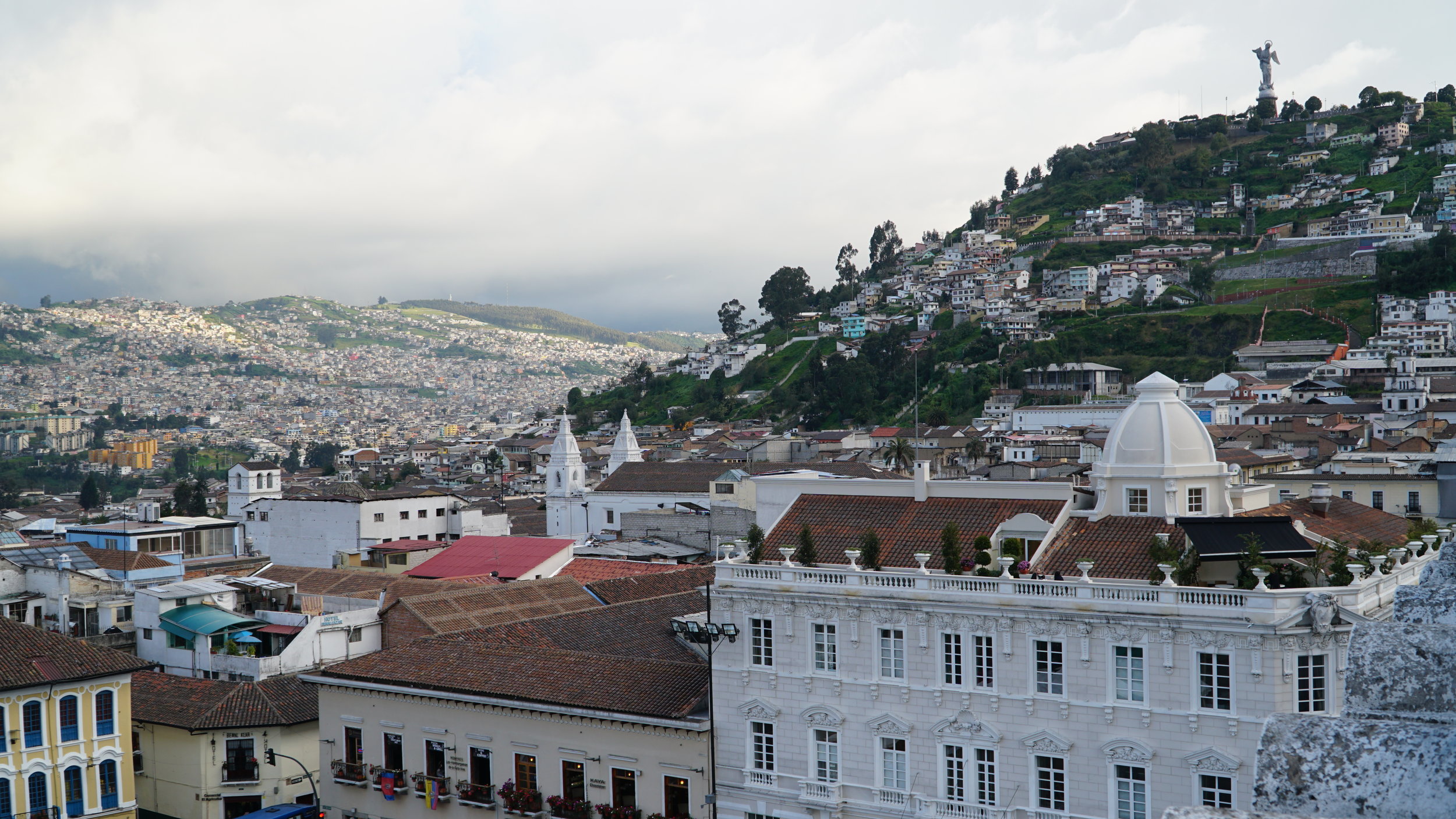
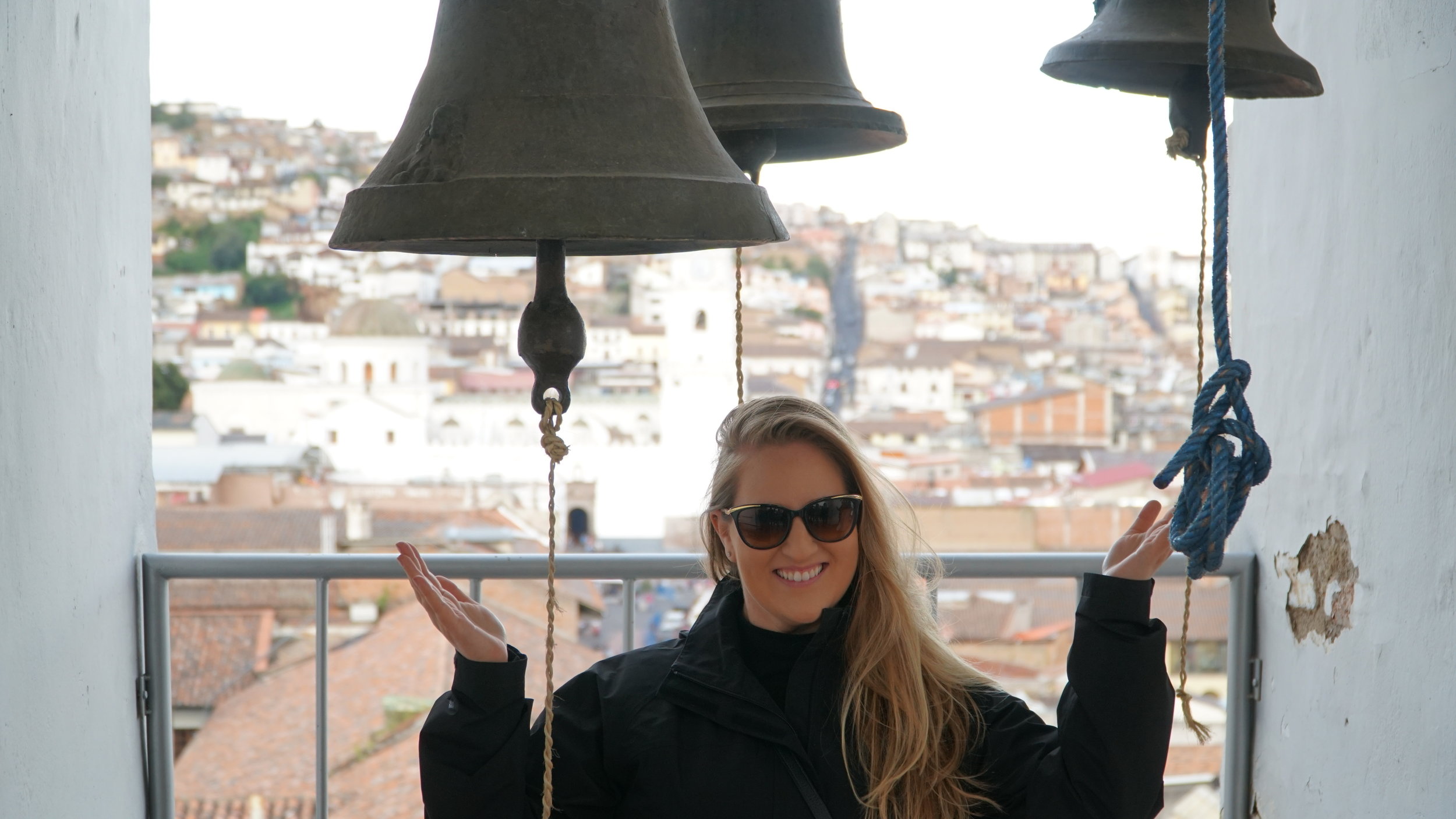
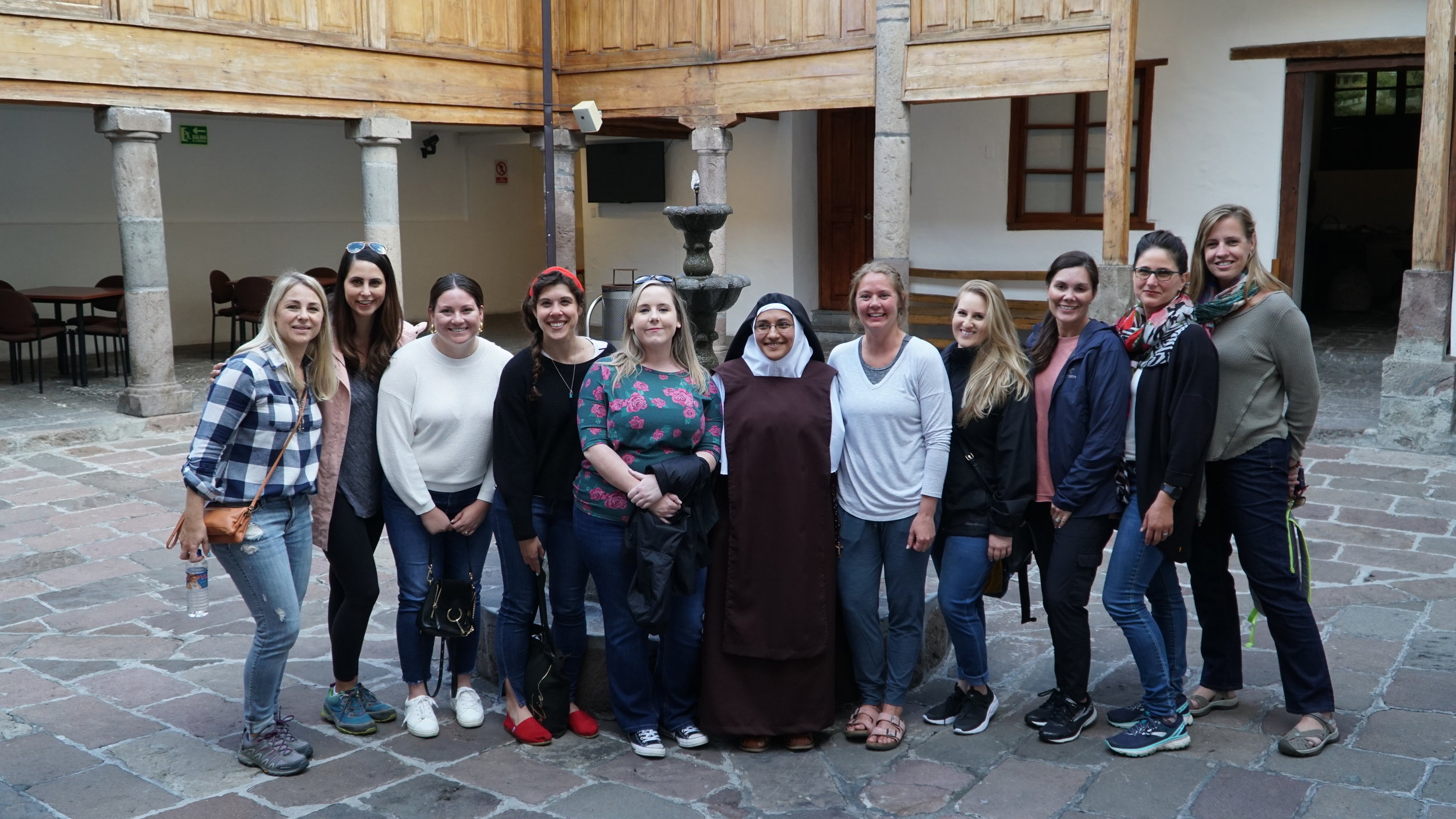
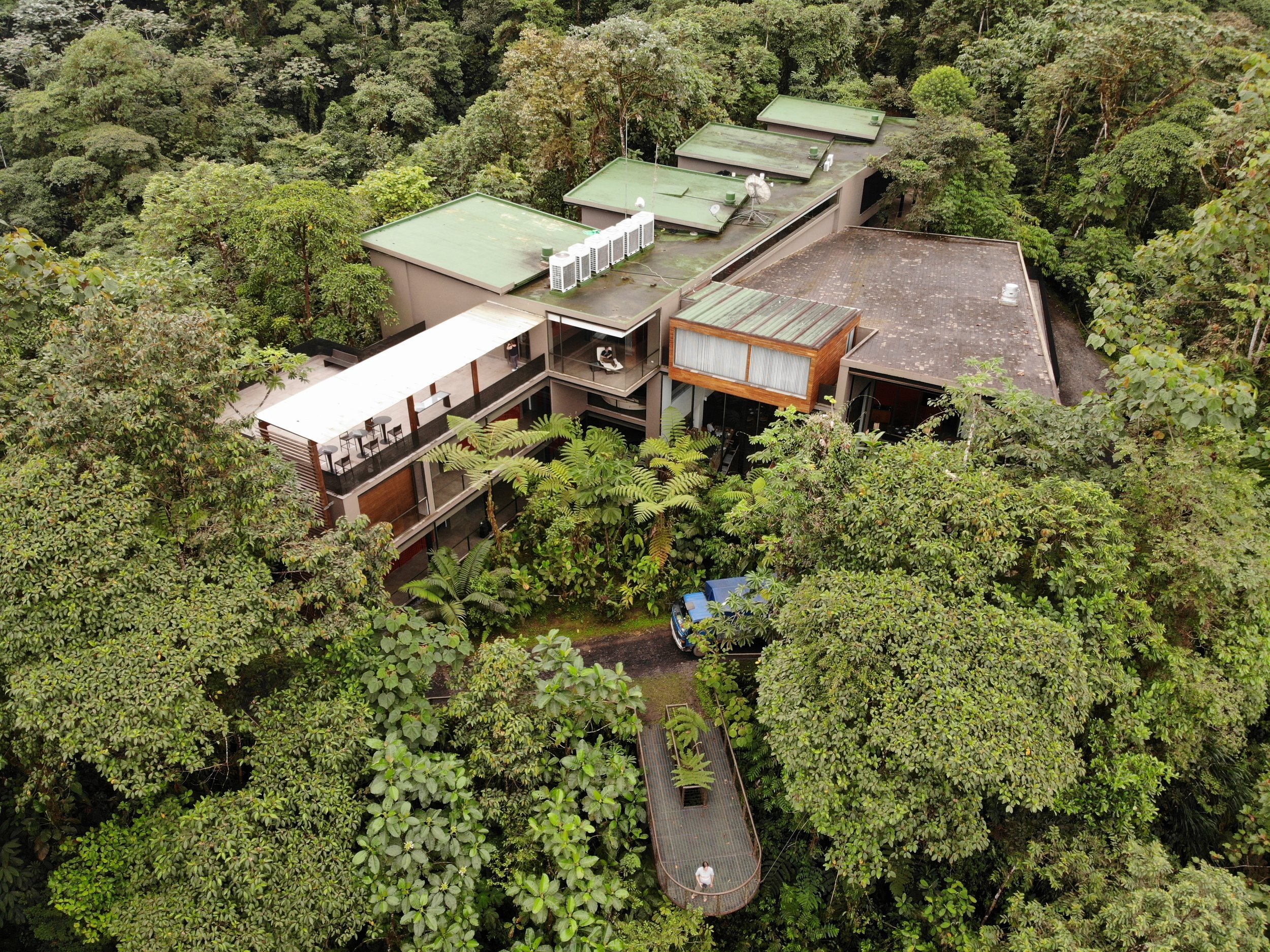
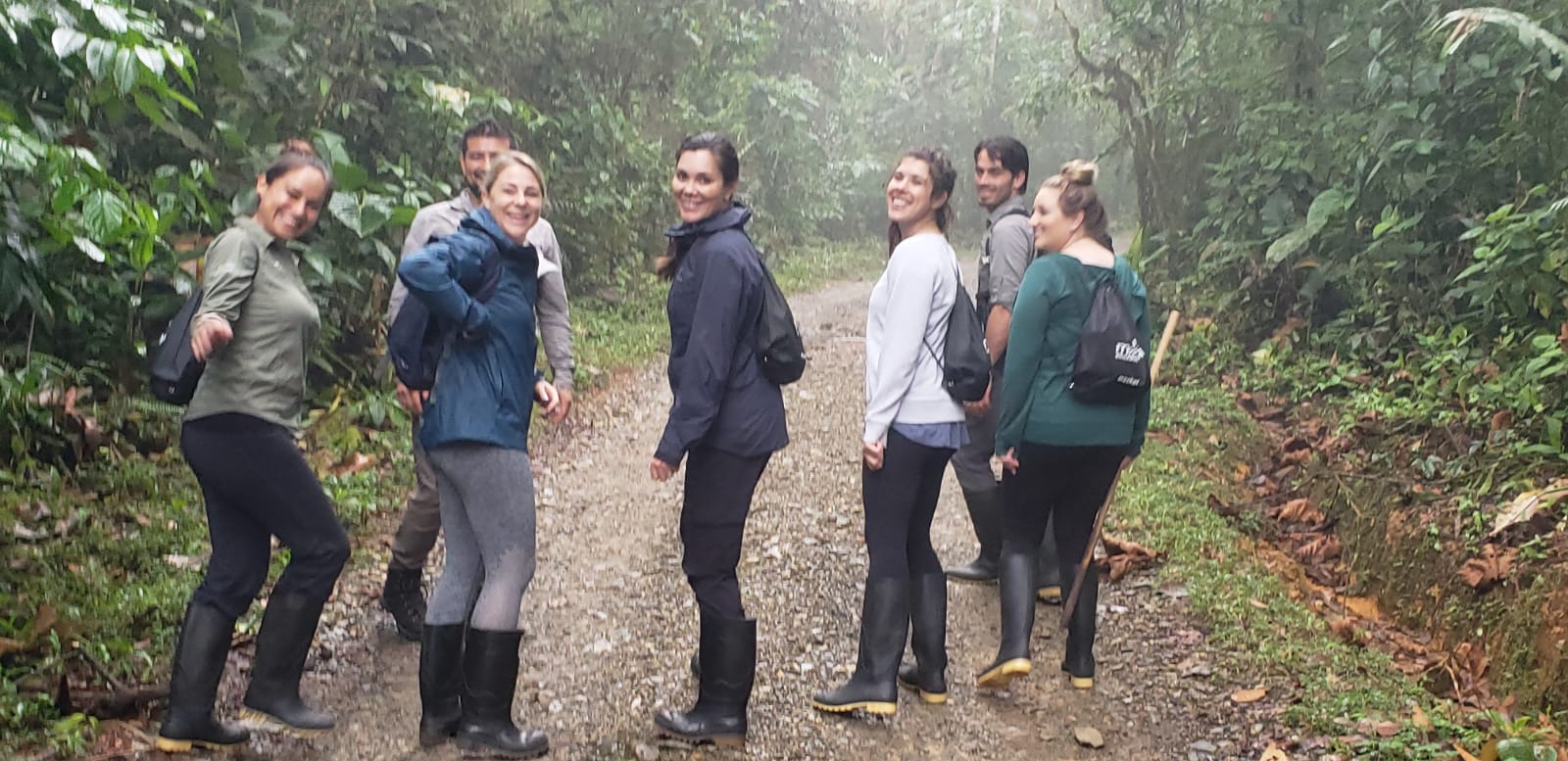
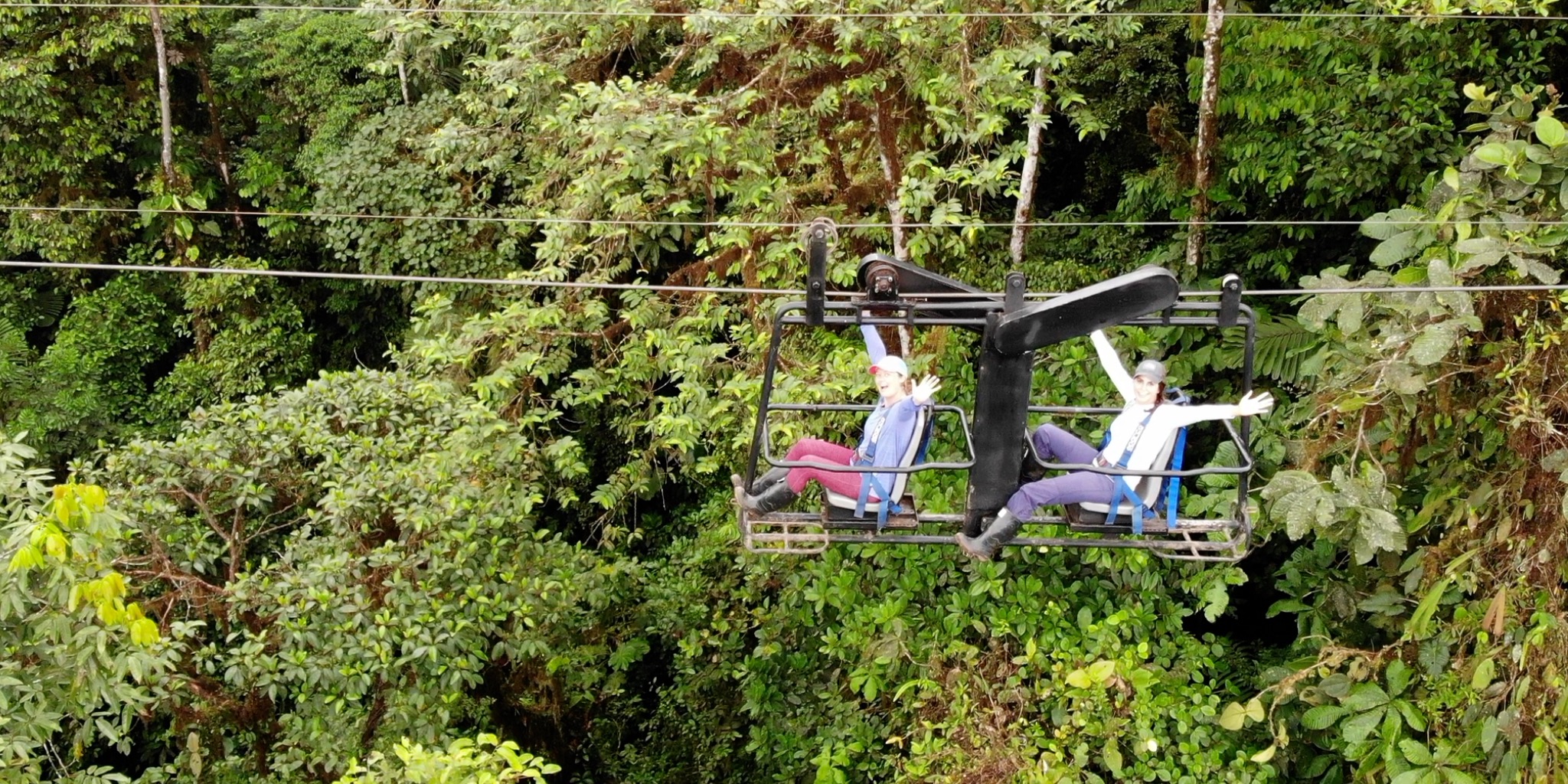
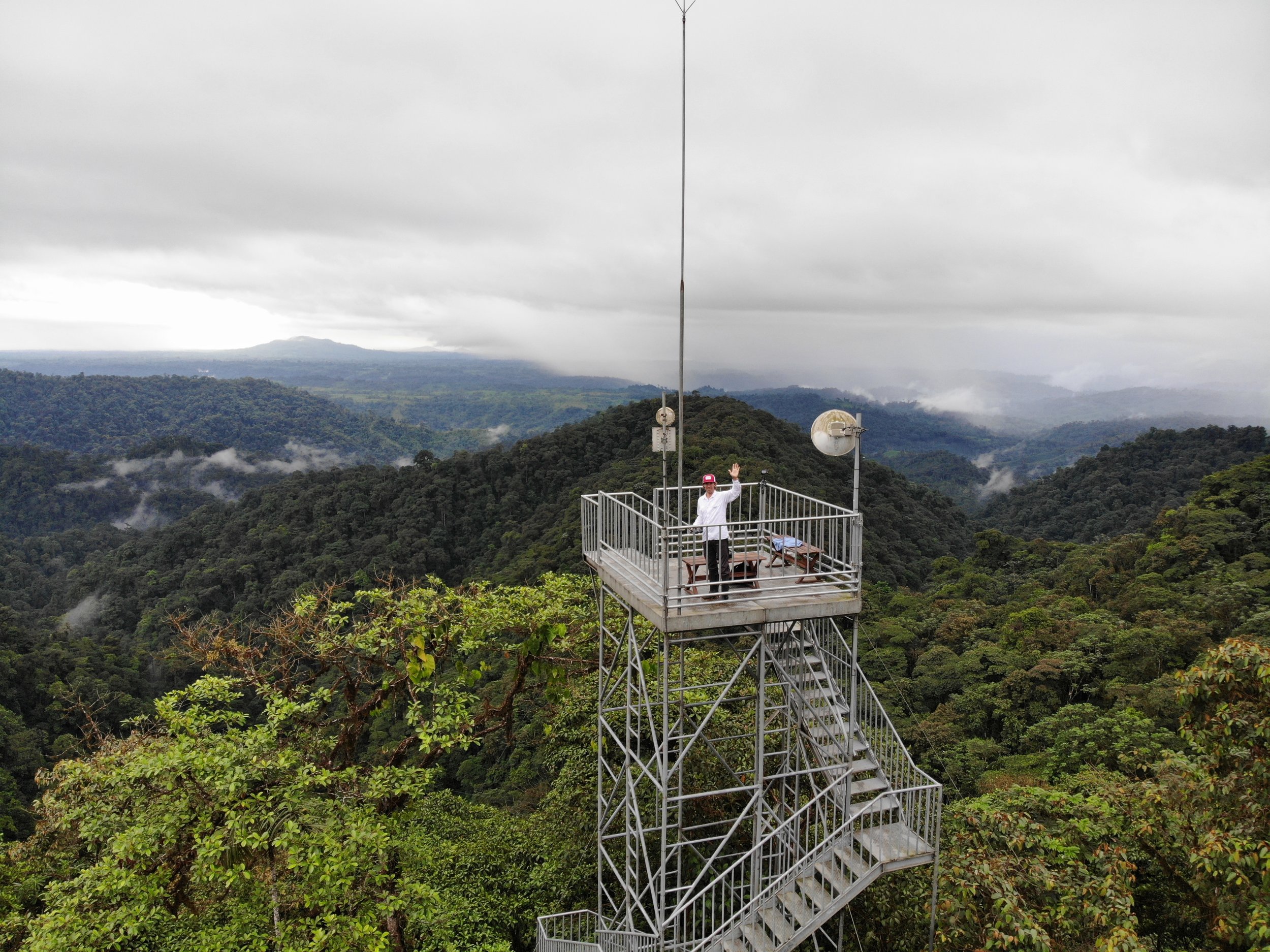
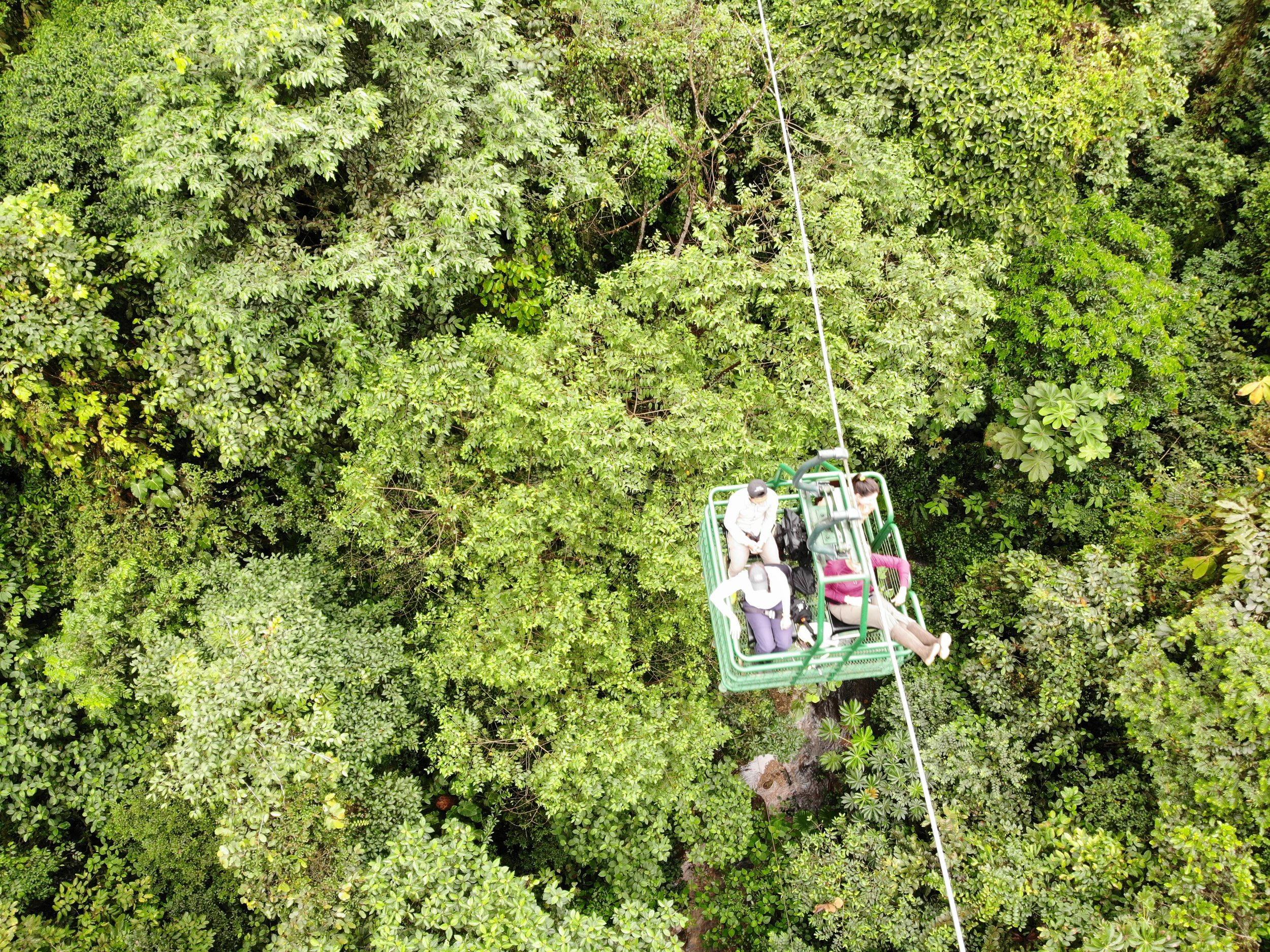
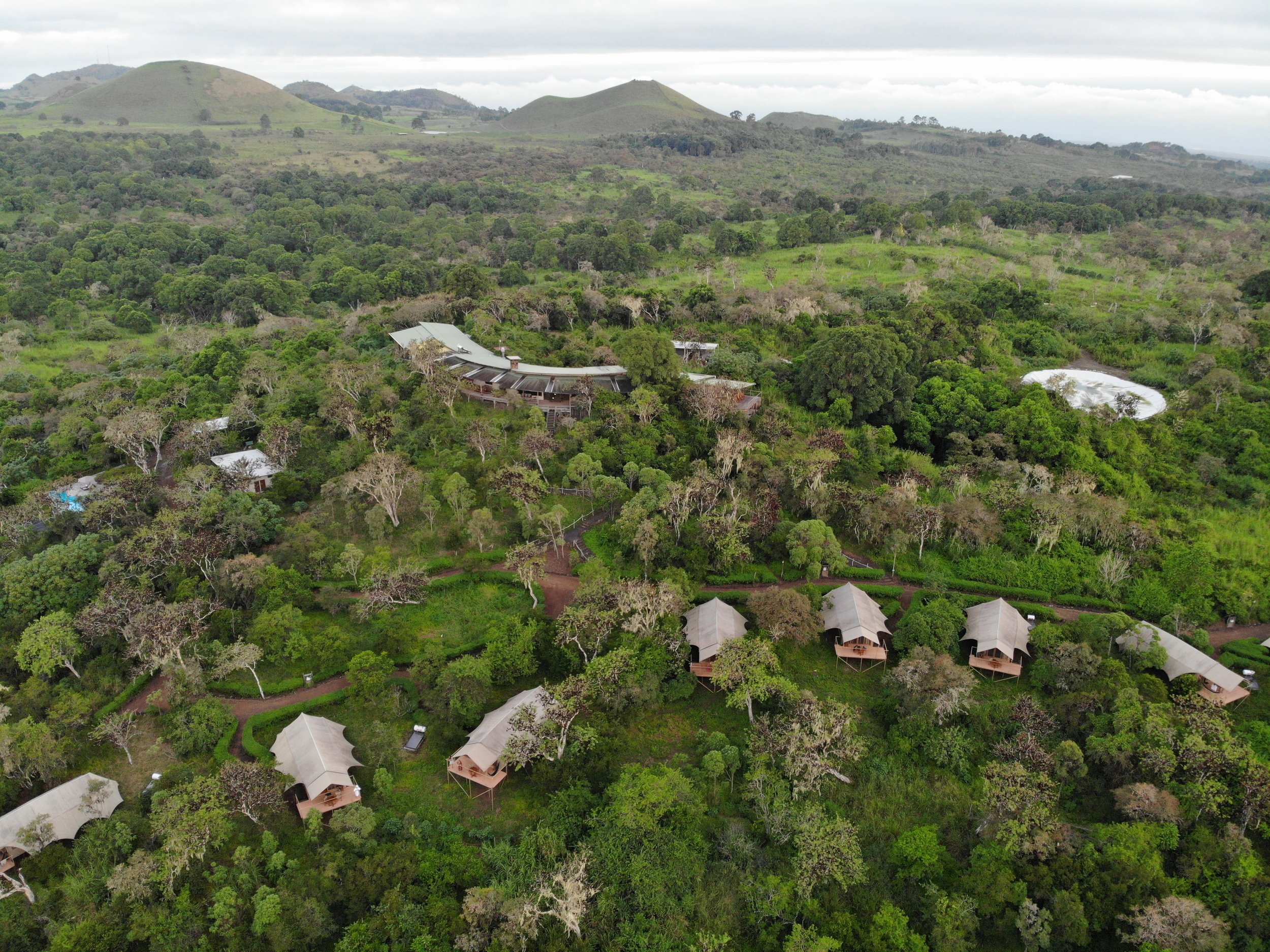
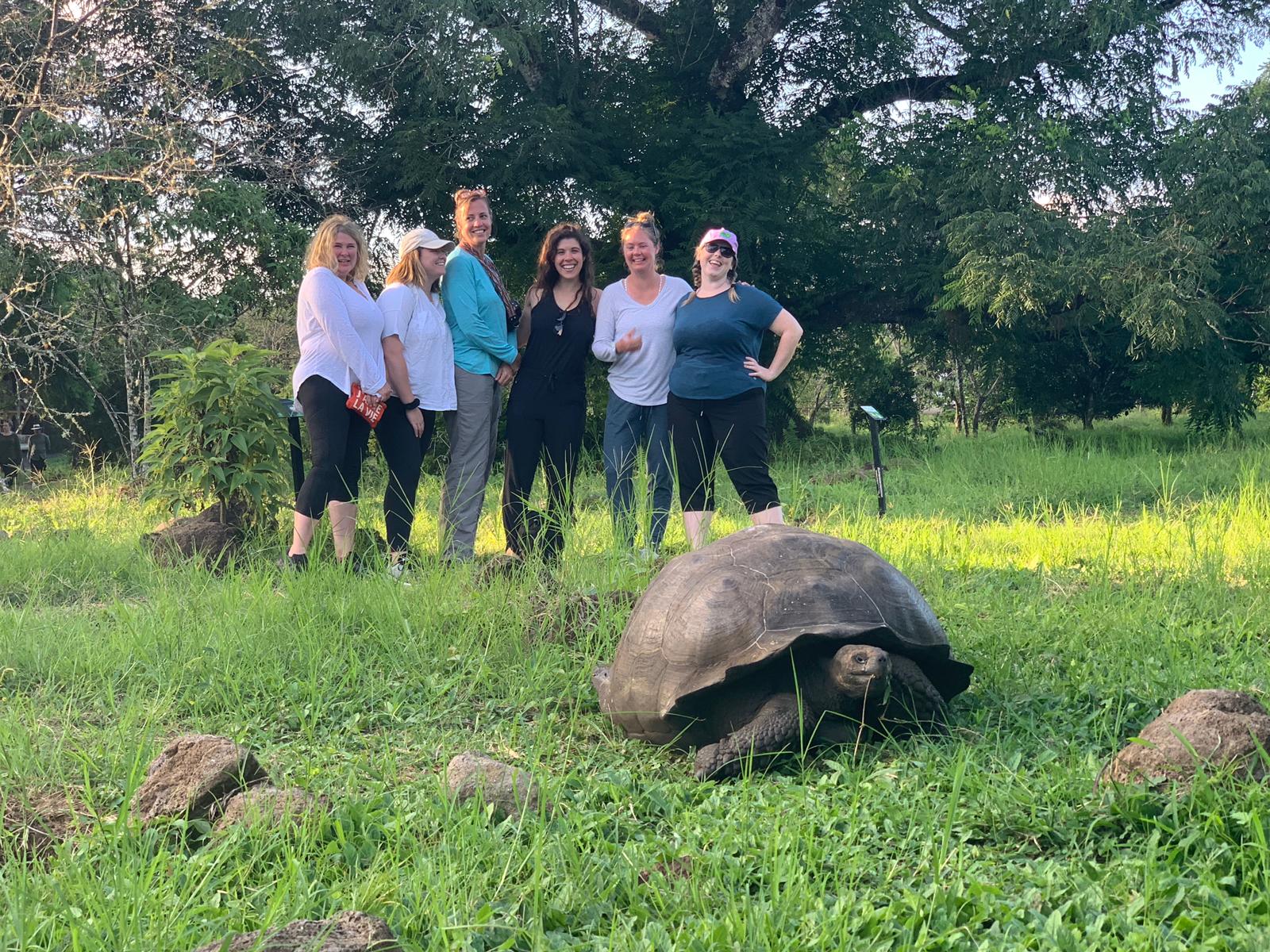
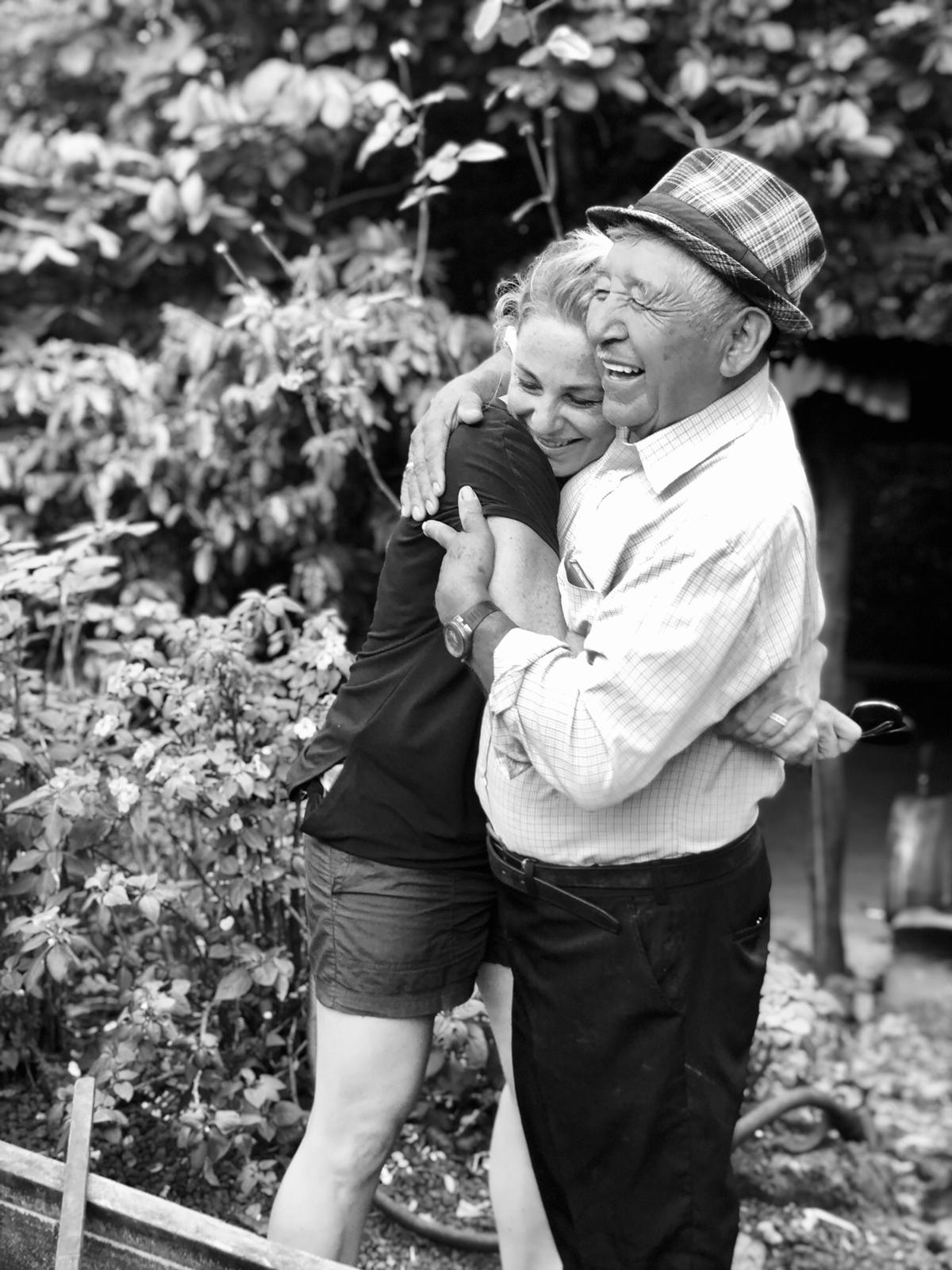
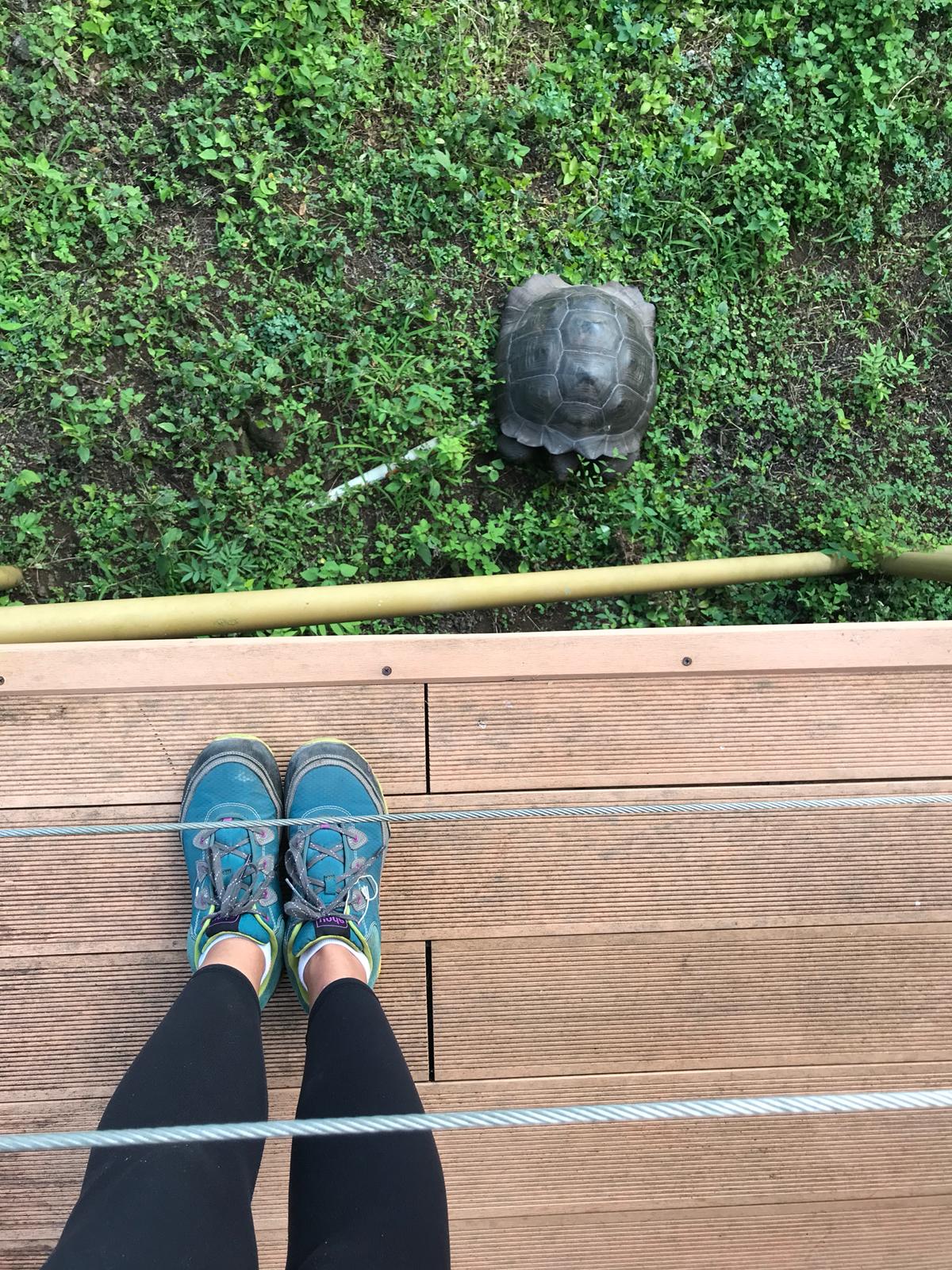
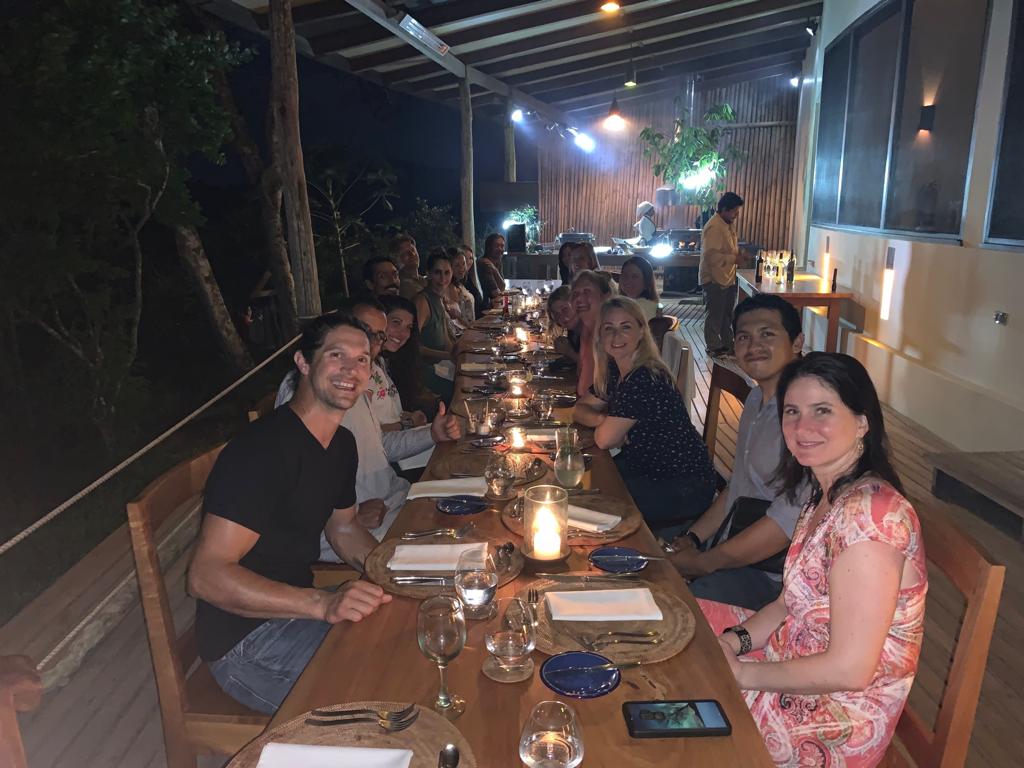
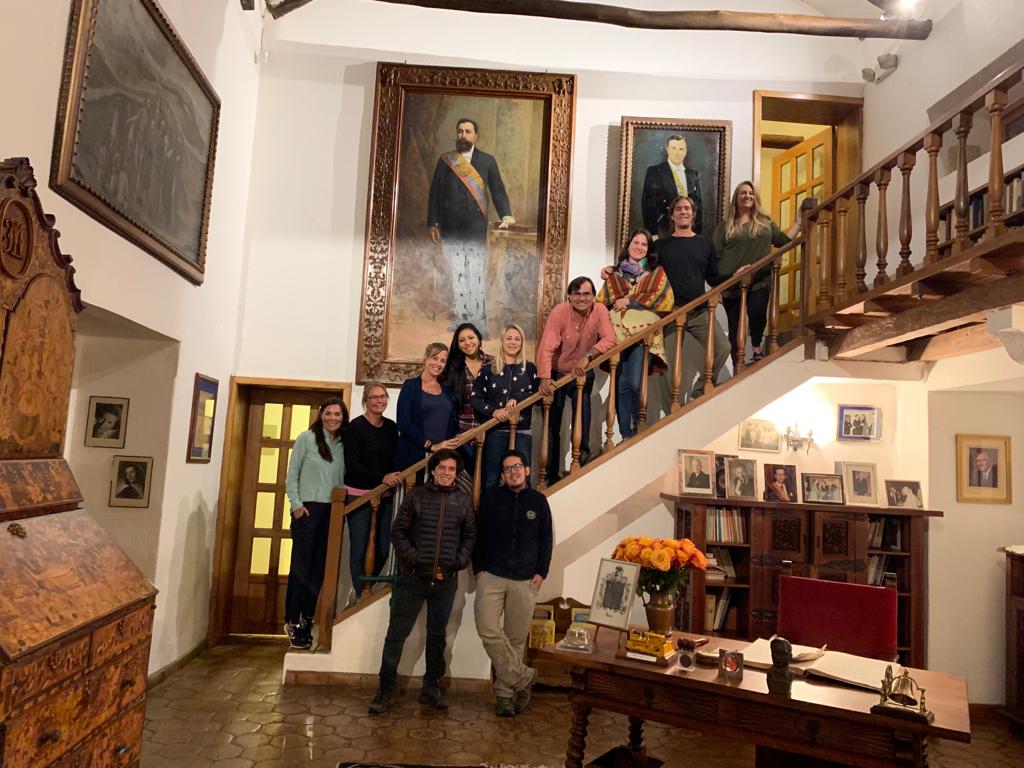
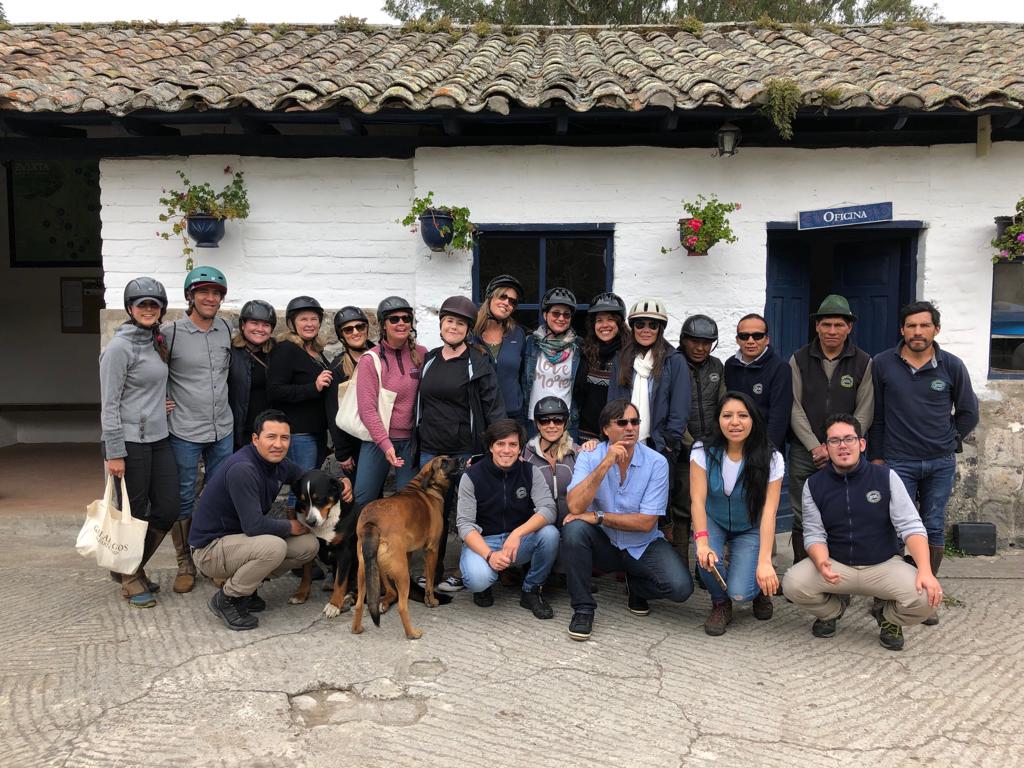
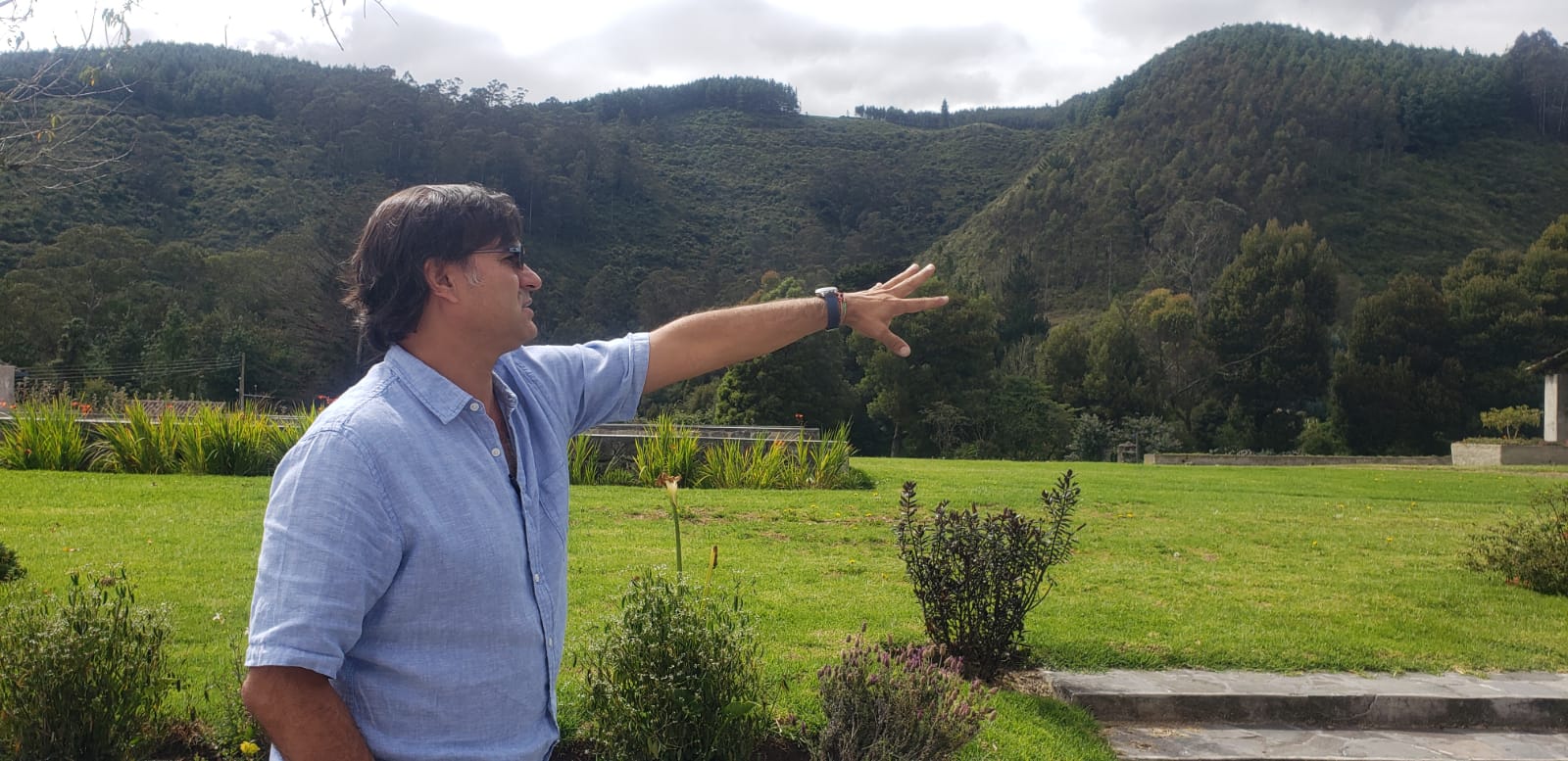
“When I help families plan travel, I don't sell a room or a widget, I offer them a memorable experience that will be a part of their family's precious and short time together. Clark Kotula's FAM trip offered a sampling of many great experiences that we can offer to our clients for their adventures. Clark took time to describe and feel the soul and unique elements of each property and then helped us understand which clients would be the right fit for each property and activity.” A. Sizer, Cioa Bambino
“Clark did a great job of organizing this FAM, everything was perfect! We had adventures, tons of laughs, felt like we got to know the properties intimately, and Clark gave us all the sales details we needed. It was also very meaningful to have Michael (owner of Galapagos Safari Camp) and Fernando (owner of Hacienda Zuleta) there with us while at their properties. I feel like a true insider now.” - M. Irauzqui, YAMPU
“This was one of the best FAM trips I have ever been on. Clark is one of the most well respected representatives in the travel industry and spending time with him on this trip showed me why. There is a reason why he represents every property, he has an intimate connection with each place, and chooses places that are not the norm in most destinations. I didn't just fall in love with each property, but felt I was offered insider access to the people that run each place that will pay off for my clients. Before this trip, I essentially thought of Ecuador as "The Galapagos" and a "cruise destination" - the perception most of our clients have, but my eyes were opened to the true Ecuador which offers a dizzying array of experiences when put together. From the colonial grandeur of Quito, to the magic of the cloud forest, to a side of the Galapagos I never knew existed, to Hacienda Zuleta which I now feel is a mandatory inclusion for anyone is coming to Ecuador - I'll never sell the destination the same going forward. “ - Anonymous trip participant
Panama Fam Trip - June 2019, 6 Nights
The 2019 Panama Crew (from L to R): Turney Maurer of Latin Excursions, Diosamary Lore of El Otro Lado, Joe Sandillo of Almaz Journeys, Jose Irauzqui of Yampu Tours, Jonathan Borgida of Southern Explorations, Susan Bruce of Susan Bruce Travel, affiliated with Tafari Travel, Kirsten Gardner of Clark Kotula Representation, Monica Irauzqui of Yampu Tours, Carolyn Consalvo of Andrew Harper Travel
Loved El Otro Lado - it is so easy to sell what that it was so close to Panama City and the boat ride was so short and easy. It's easy to incorporate El Otro into itineraries and flights departing in the afternoon. The staff were incredible and got the sense that they really enjoyed working there and respected El Otro Lado’s owner. They went out of there way for you and were on it. What really sold me was the art, music, individuality of each room and the little touches everywhere. The art class was a highlight for me. - Jonathan Borgida, Southern Explorations
Clark Kotula Representation and Sales Support -- the name says it all ! The hotels they represent (El Otro Lado and Isla Palenque) offer barefoot luxury, unique settings and truly immerse travelers into Panama's culture and natural beauty. My fam trip to Panama with Kirsten was 'sales support' at it's finest. With a thoughtfully organized itinerary, that included extraordinary hotels, delicious meals and activities -- the knowledge I've gained and the contacts I made at each hotel will help me in selling Panama with confidence. - Anonymous Trip Participant
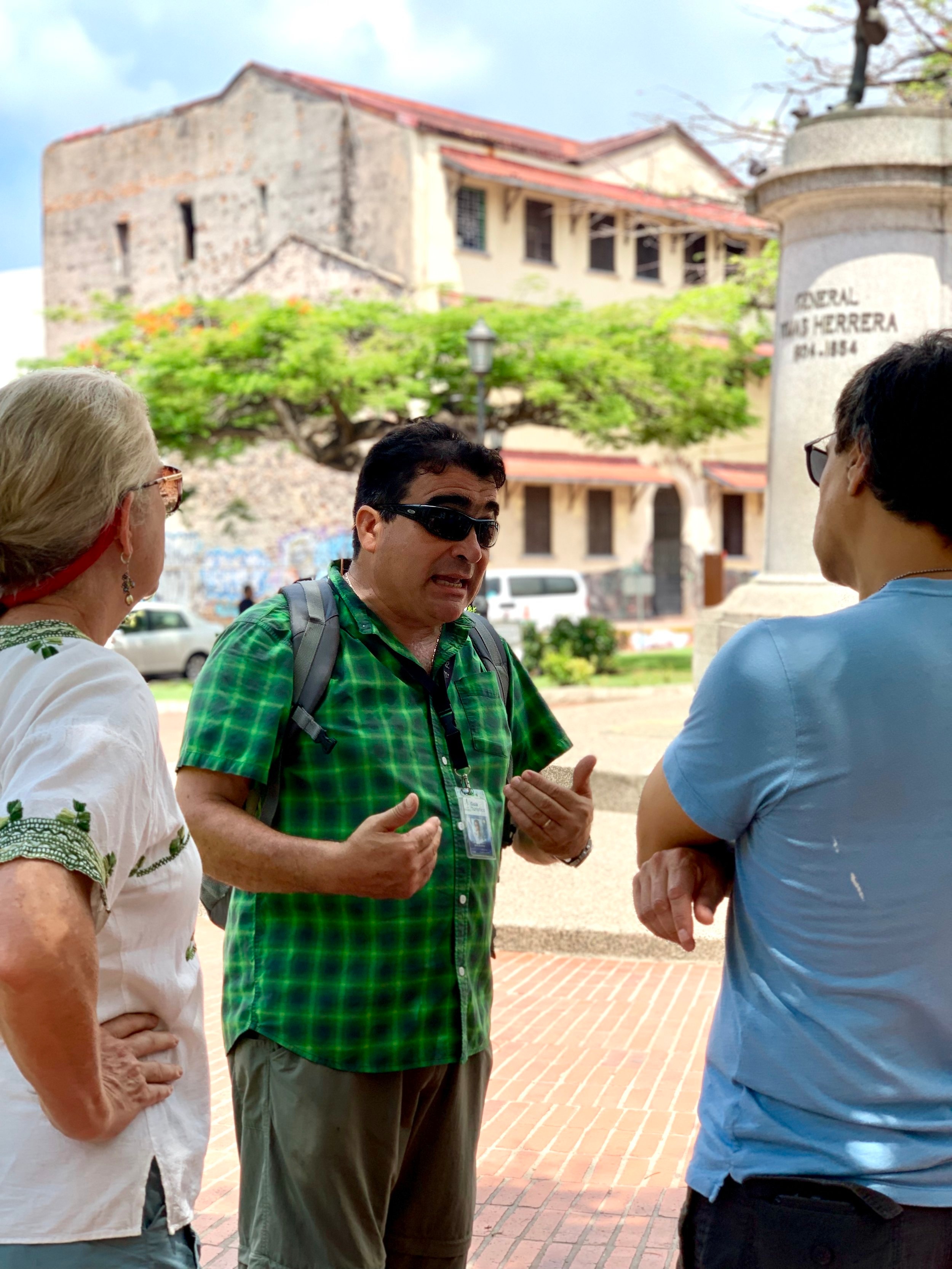
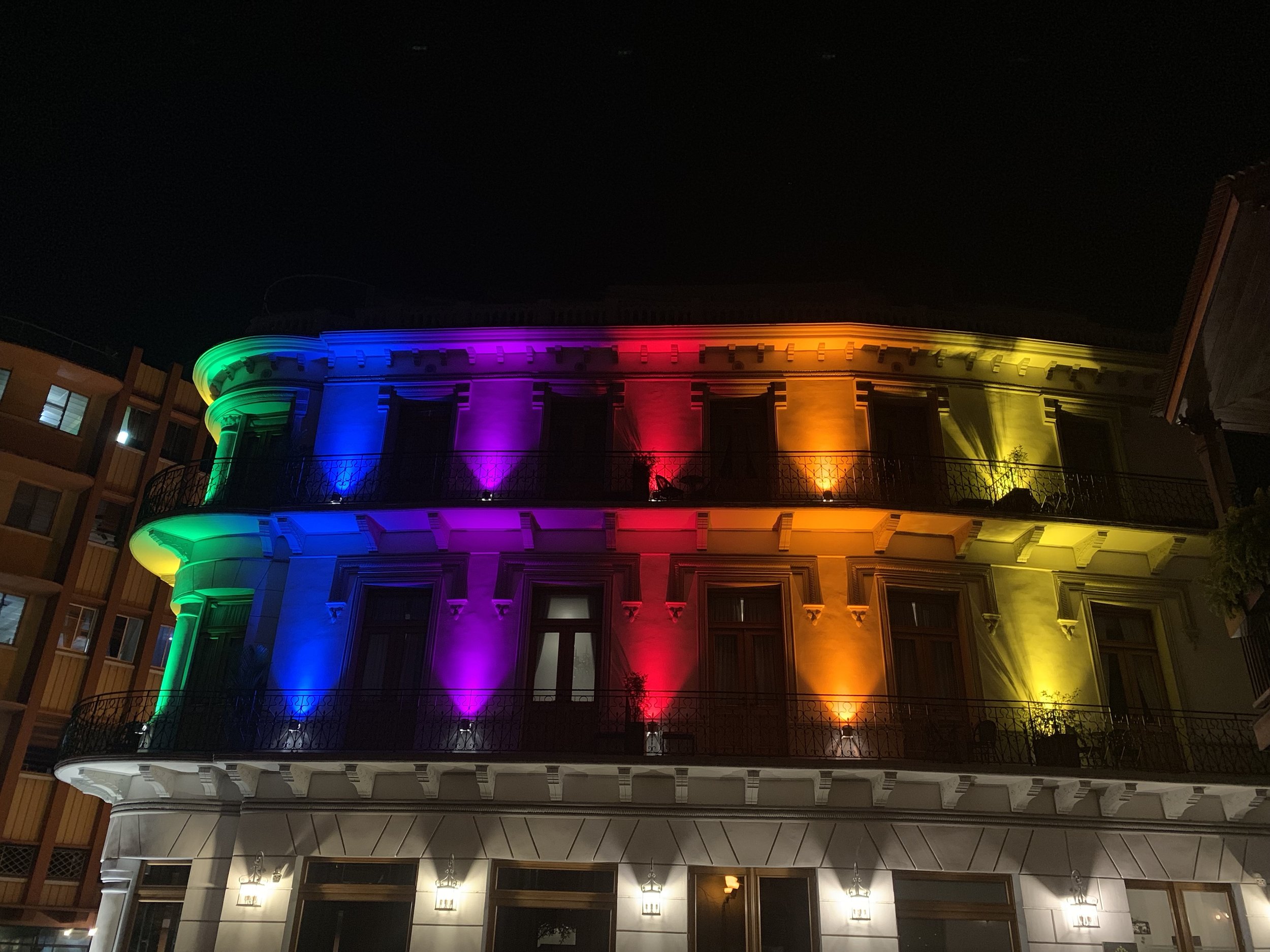
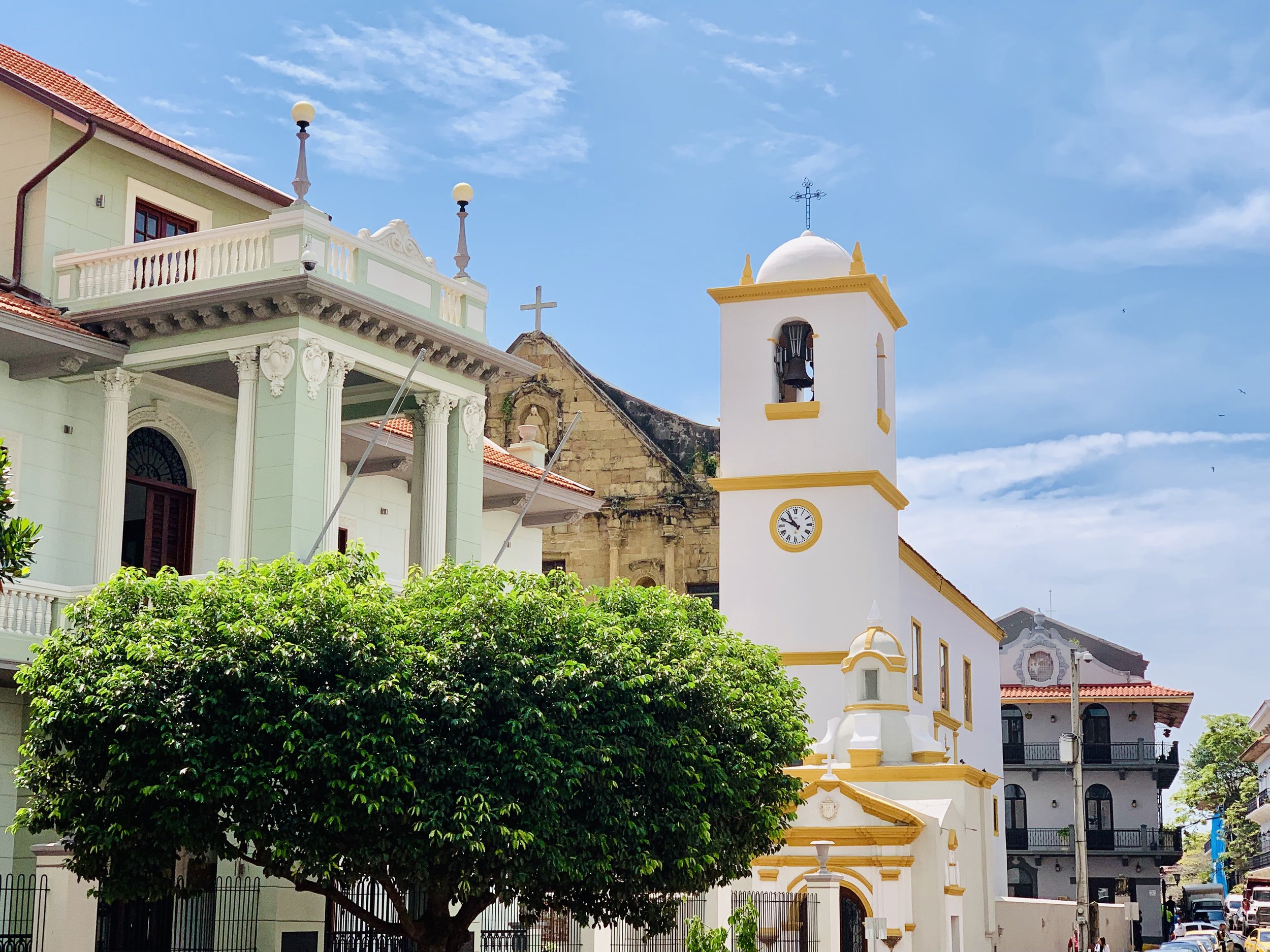
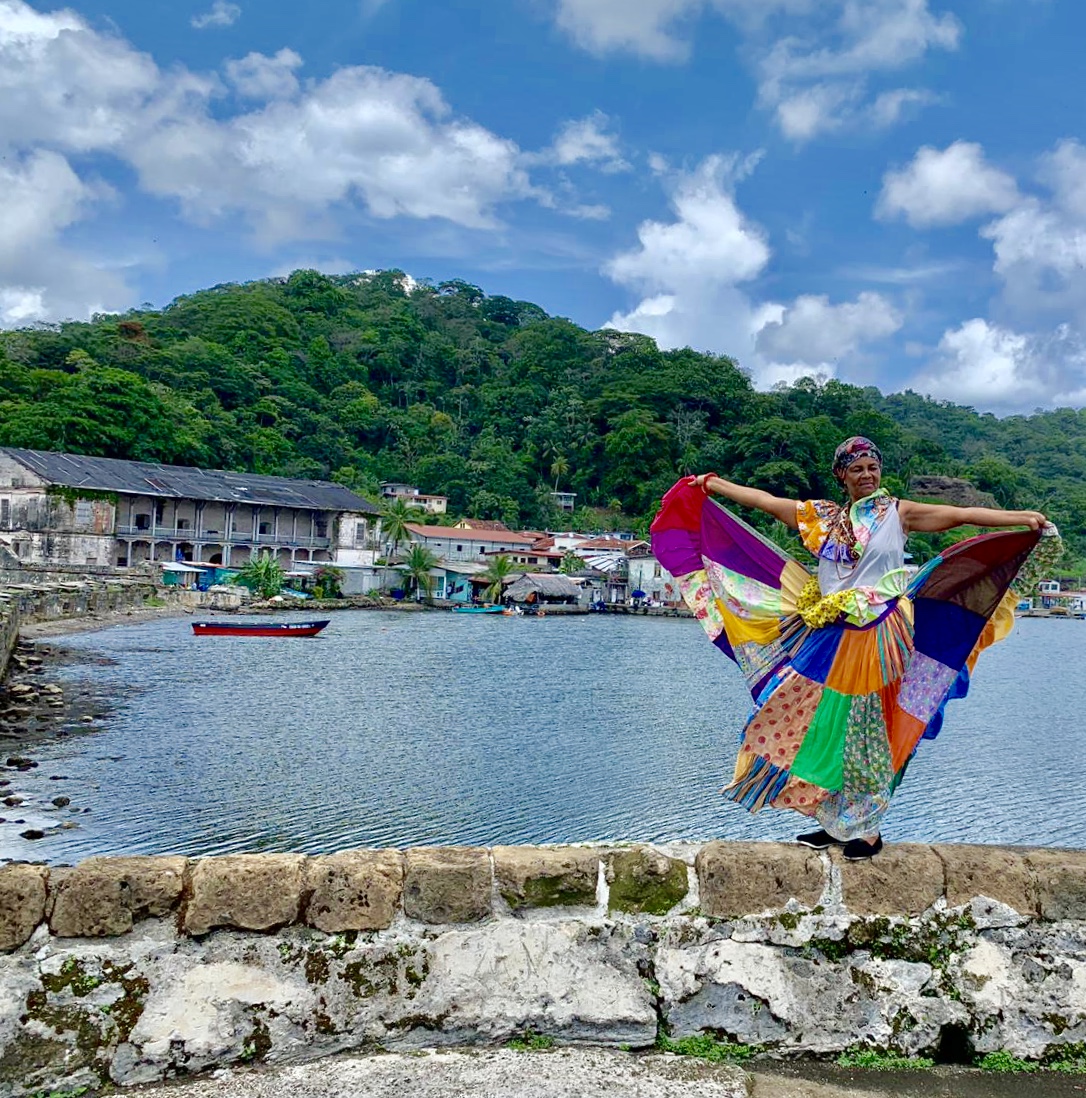
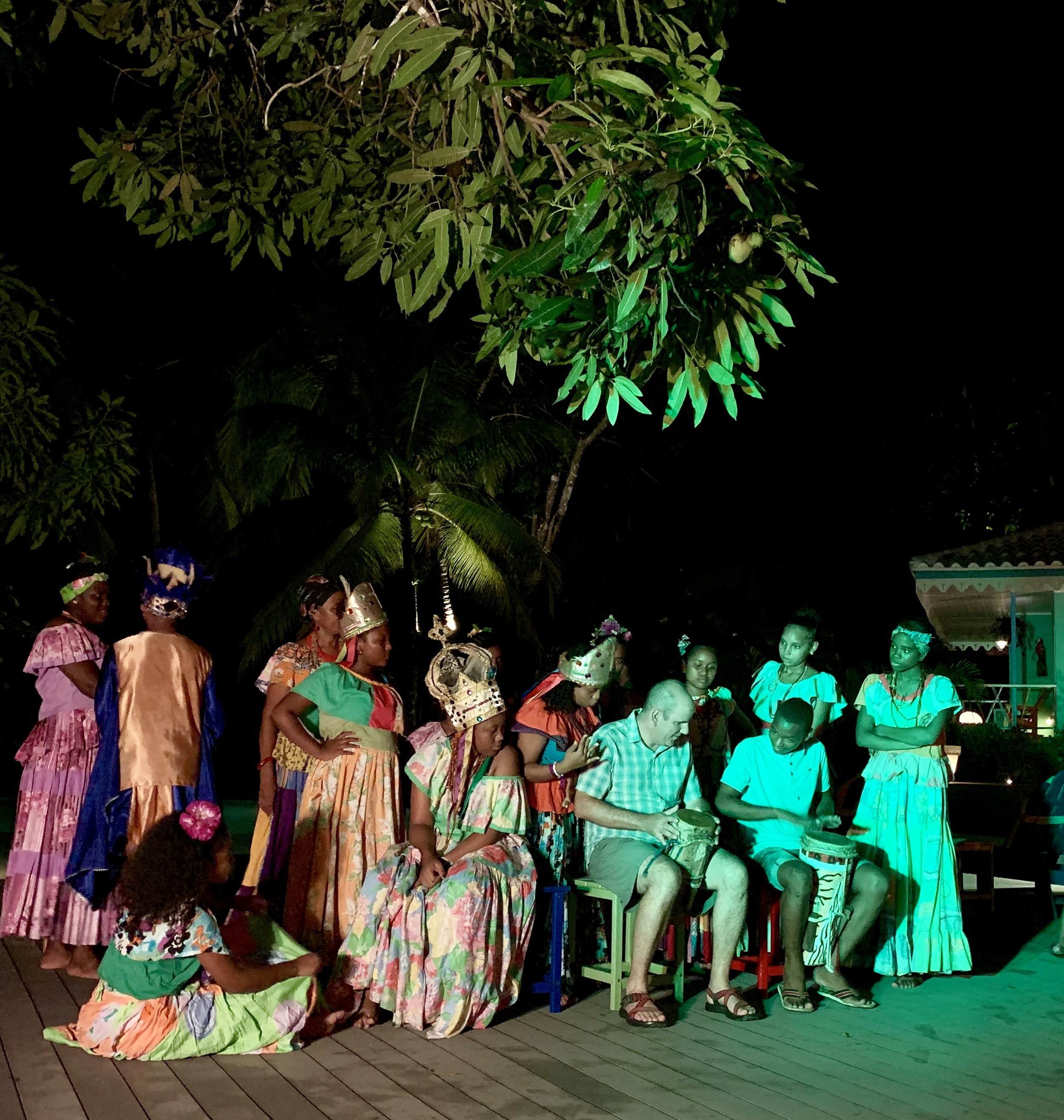
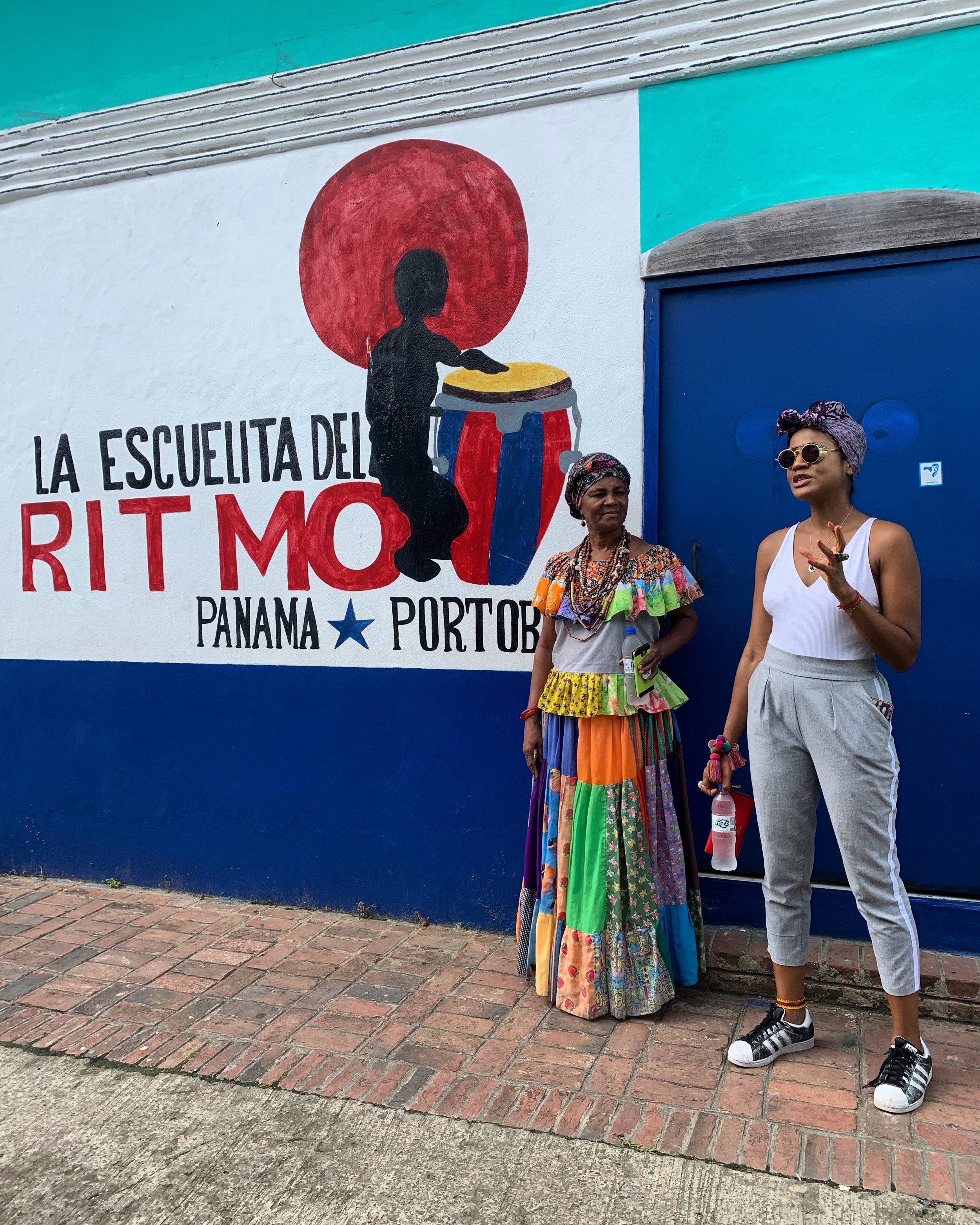
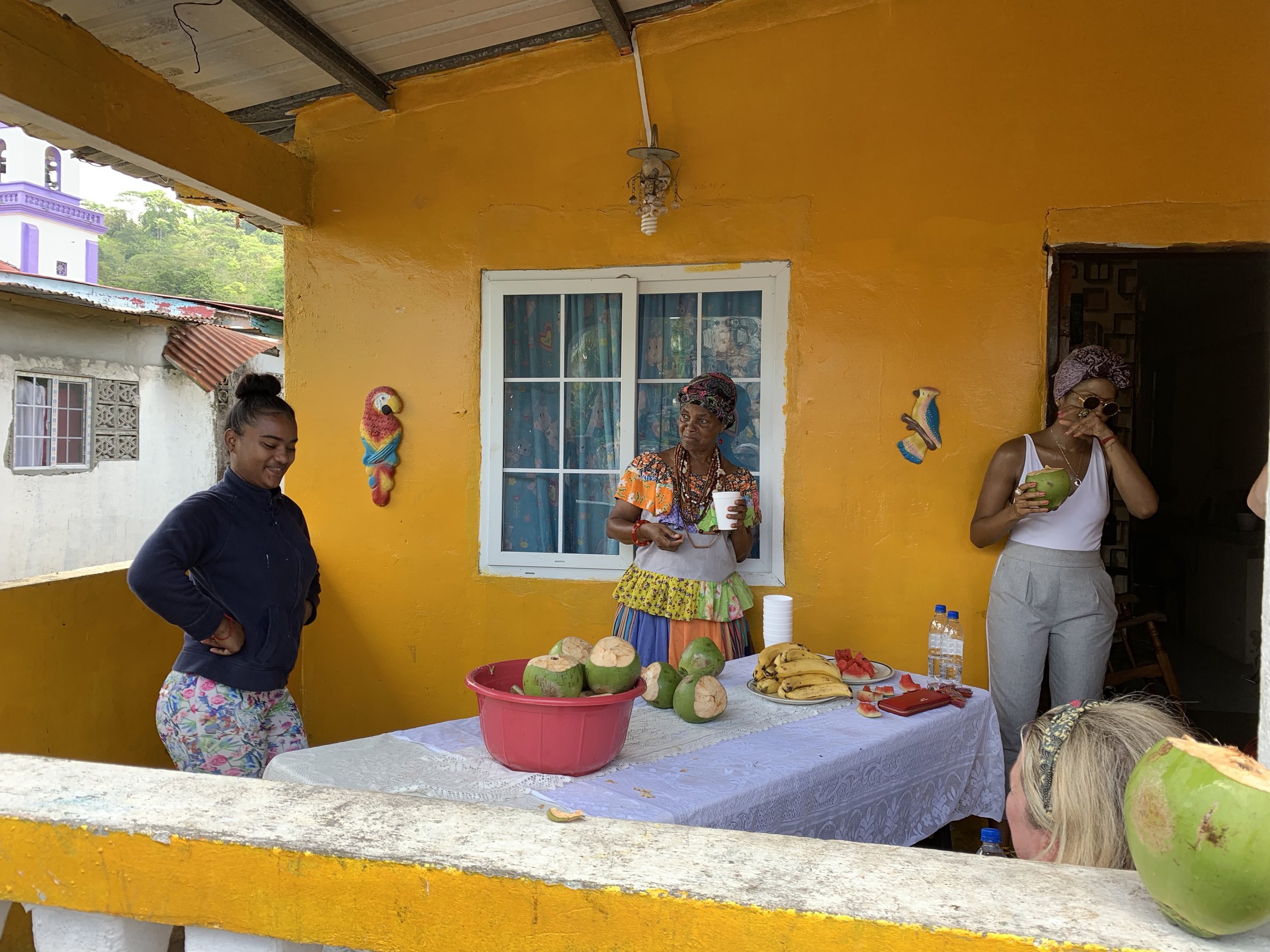
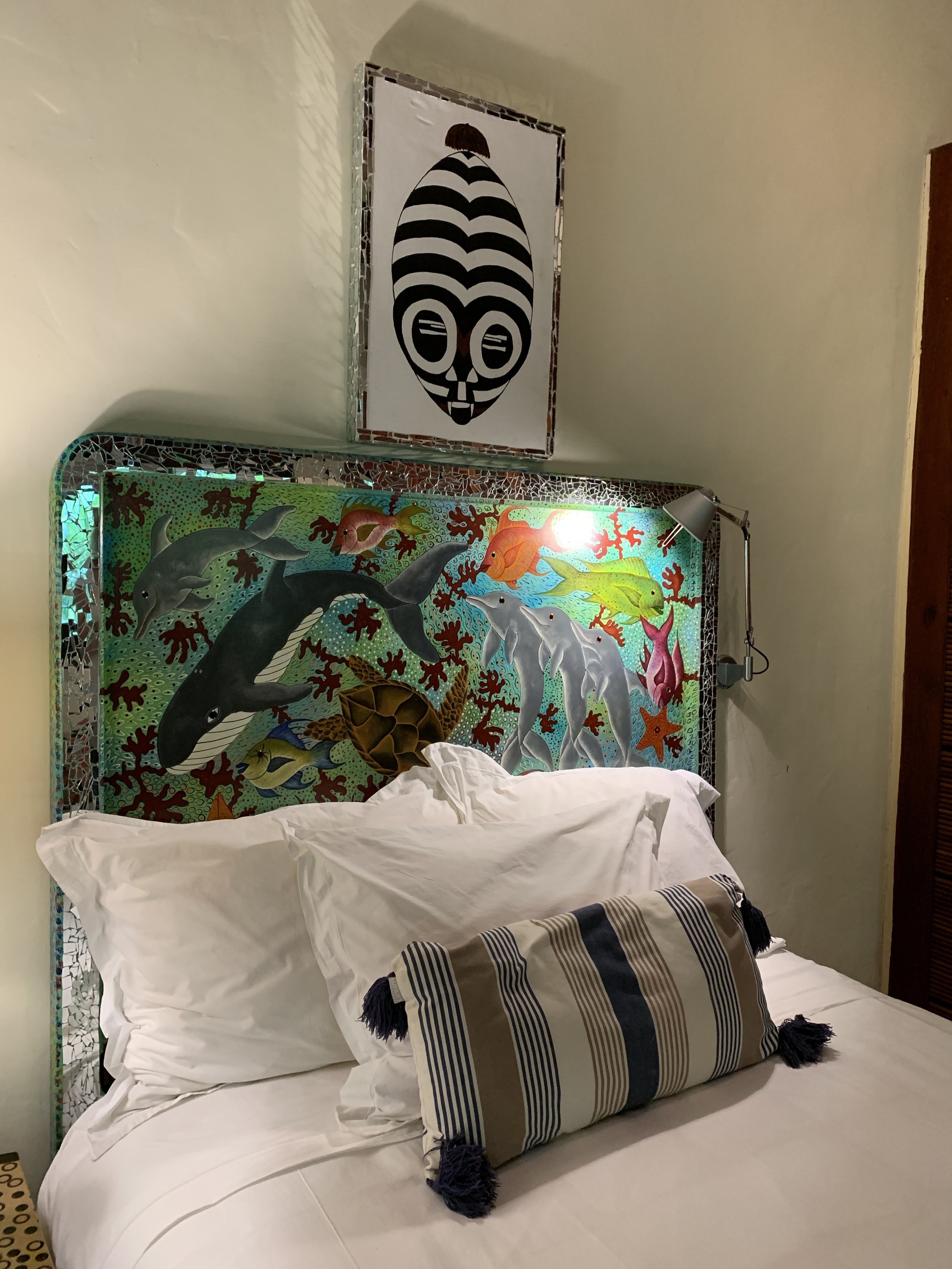
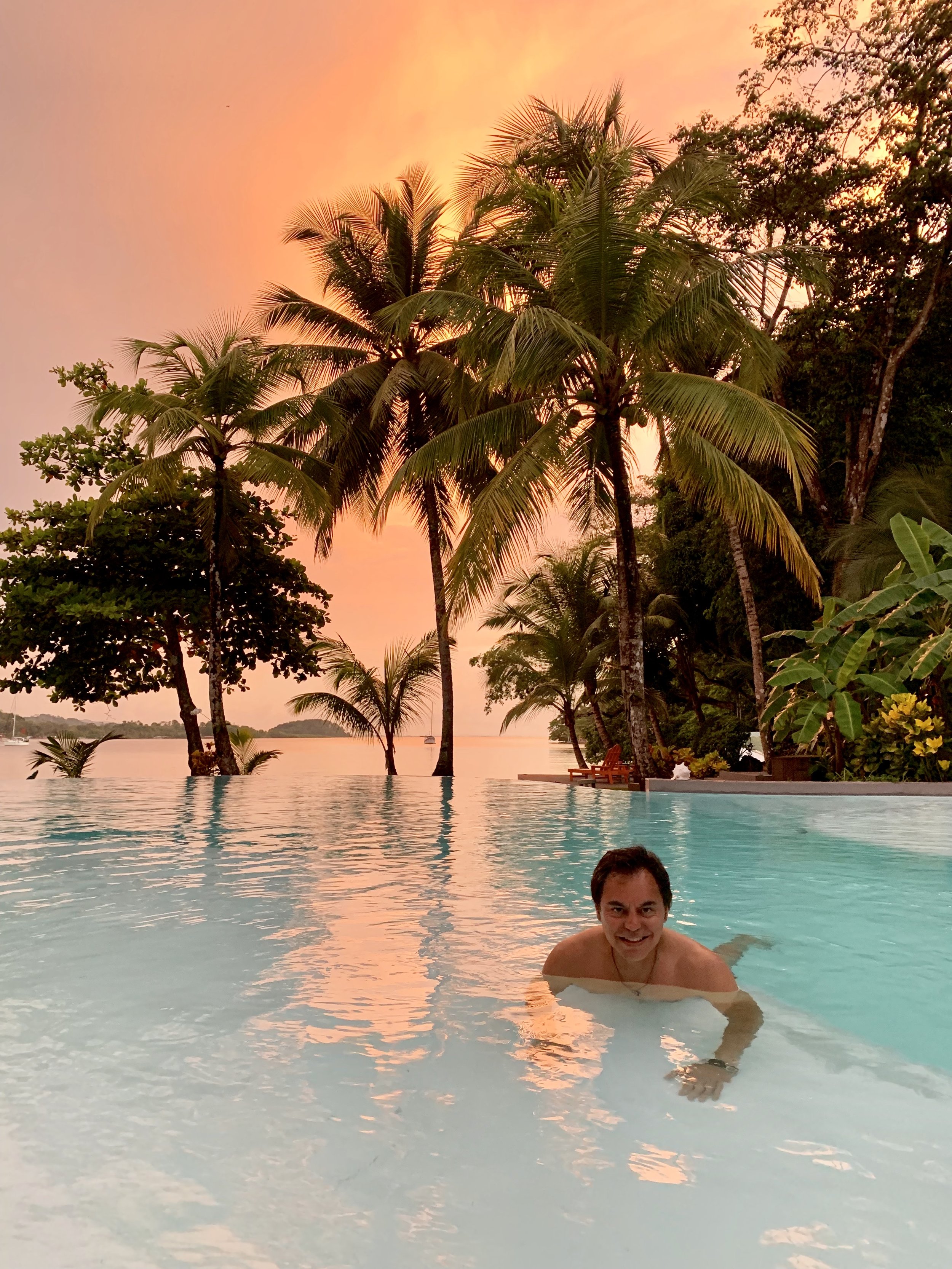
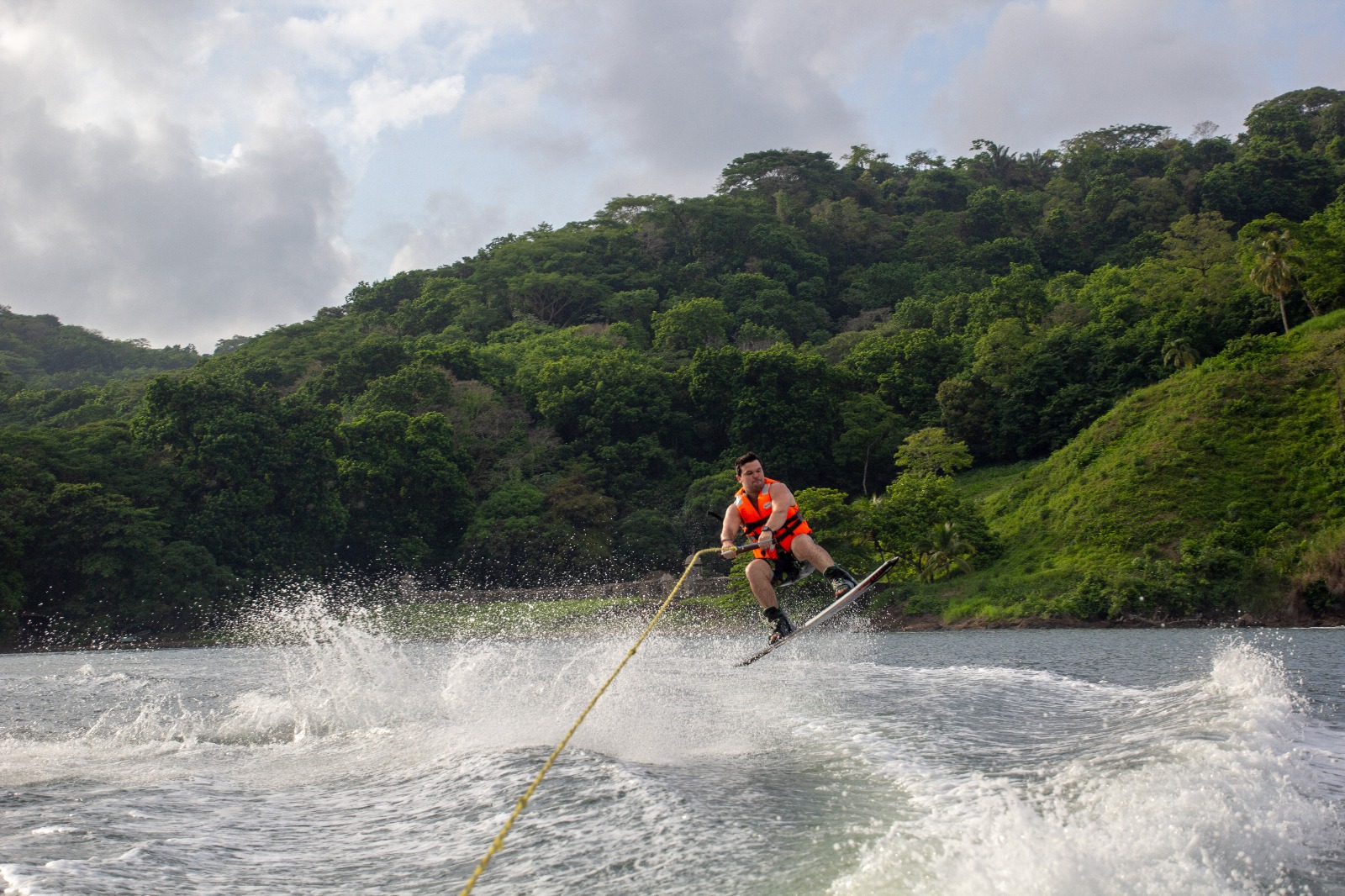
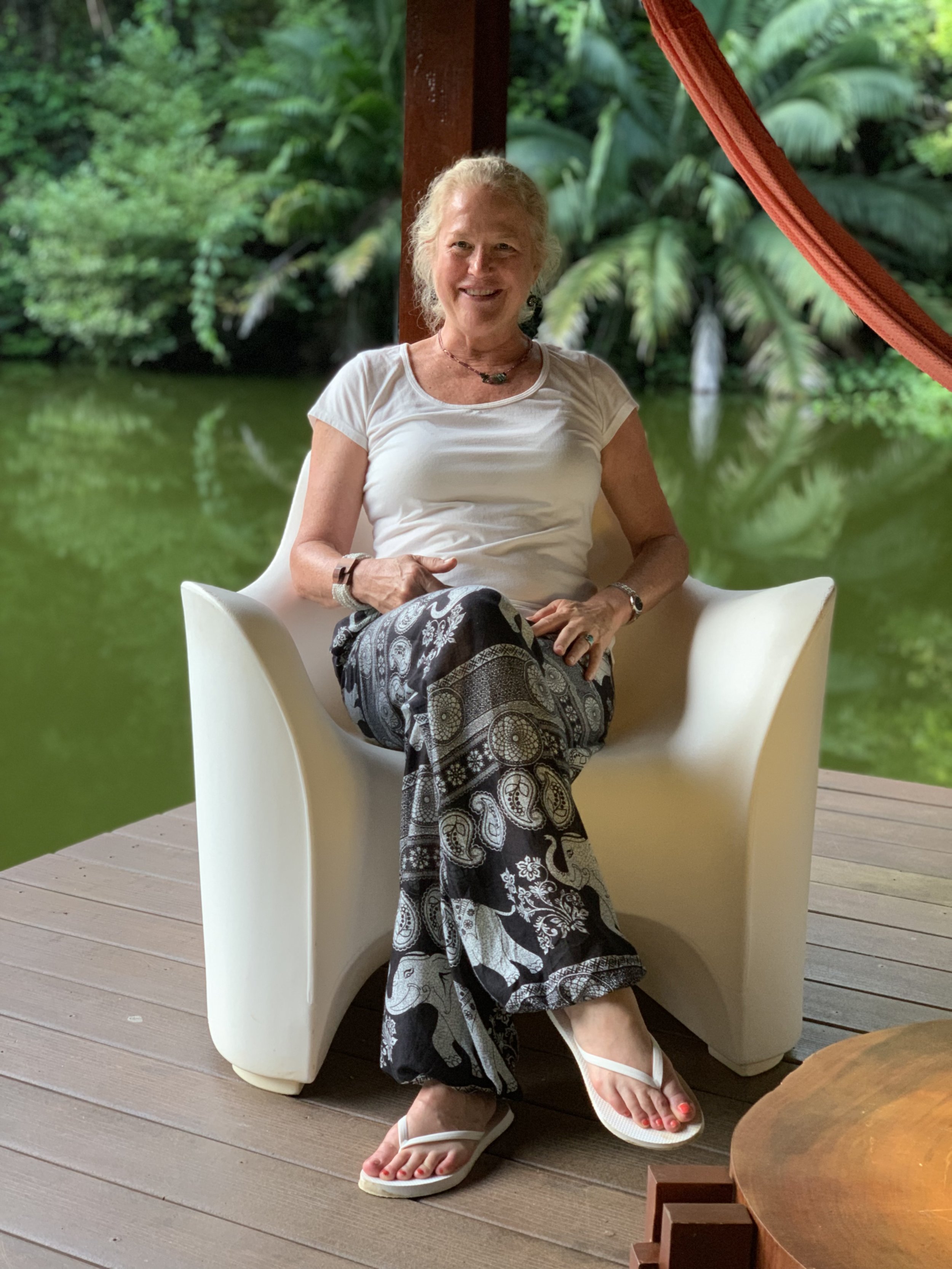
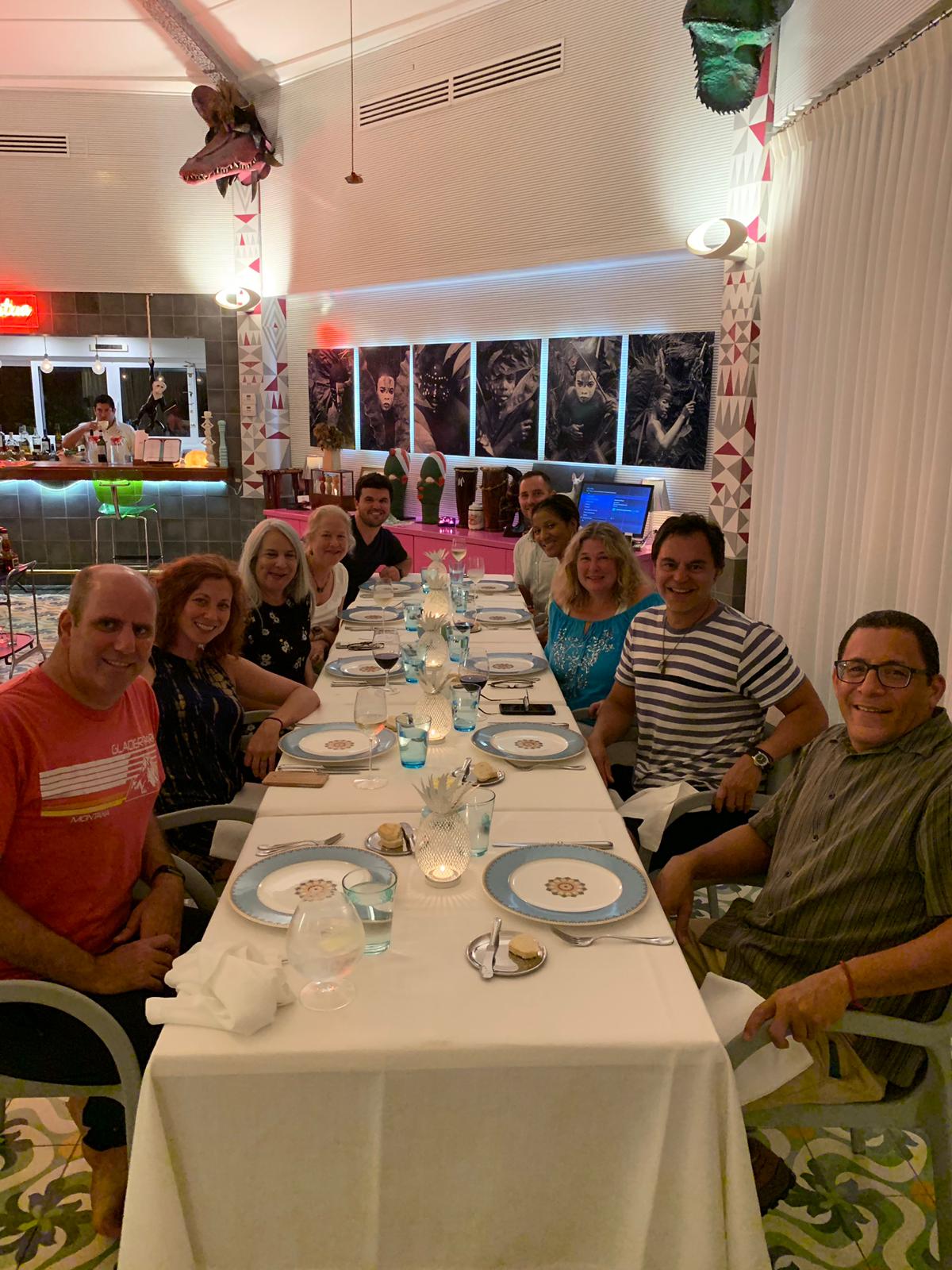
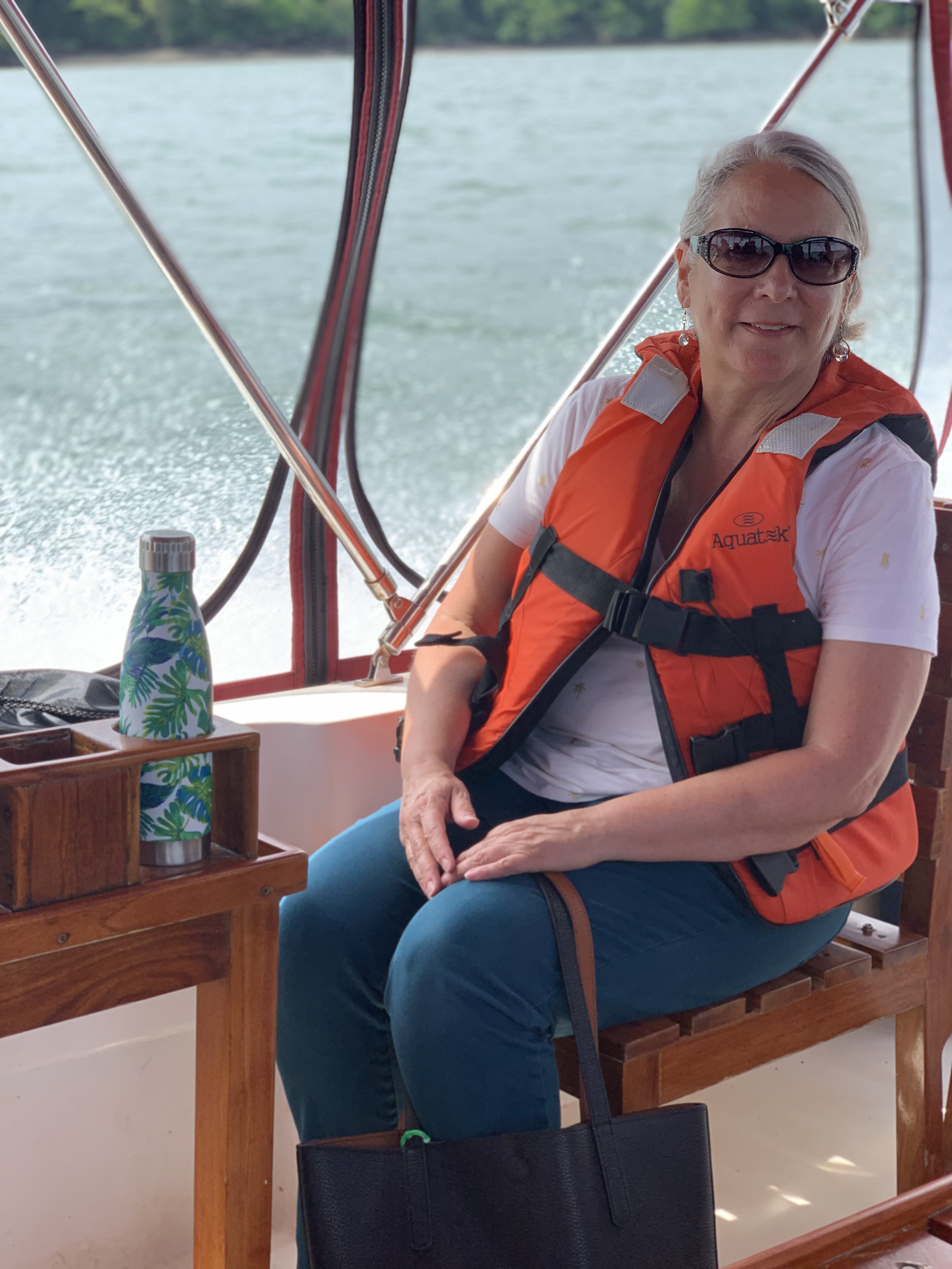
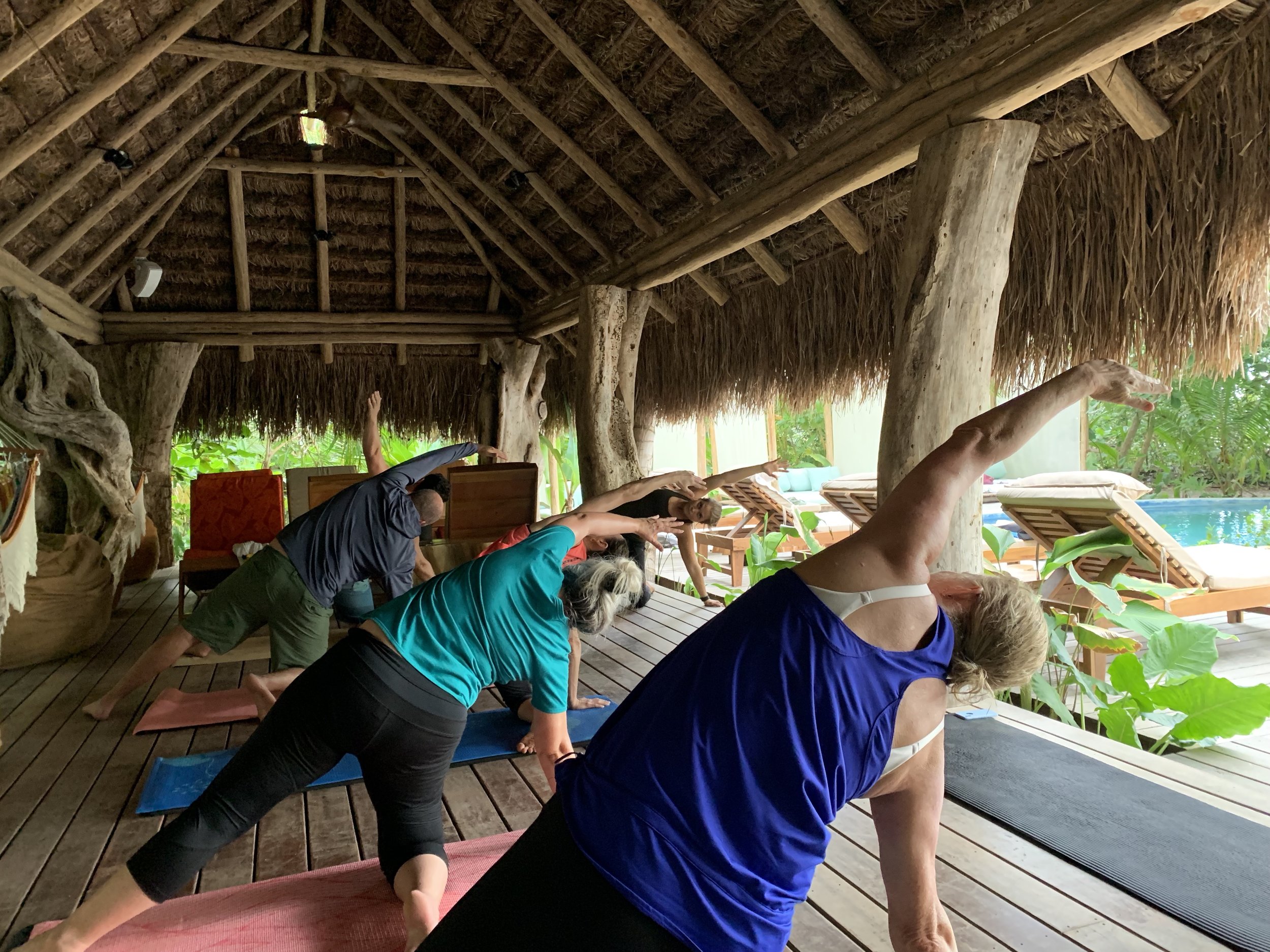
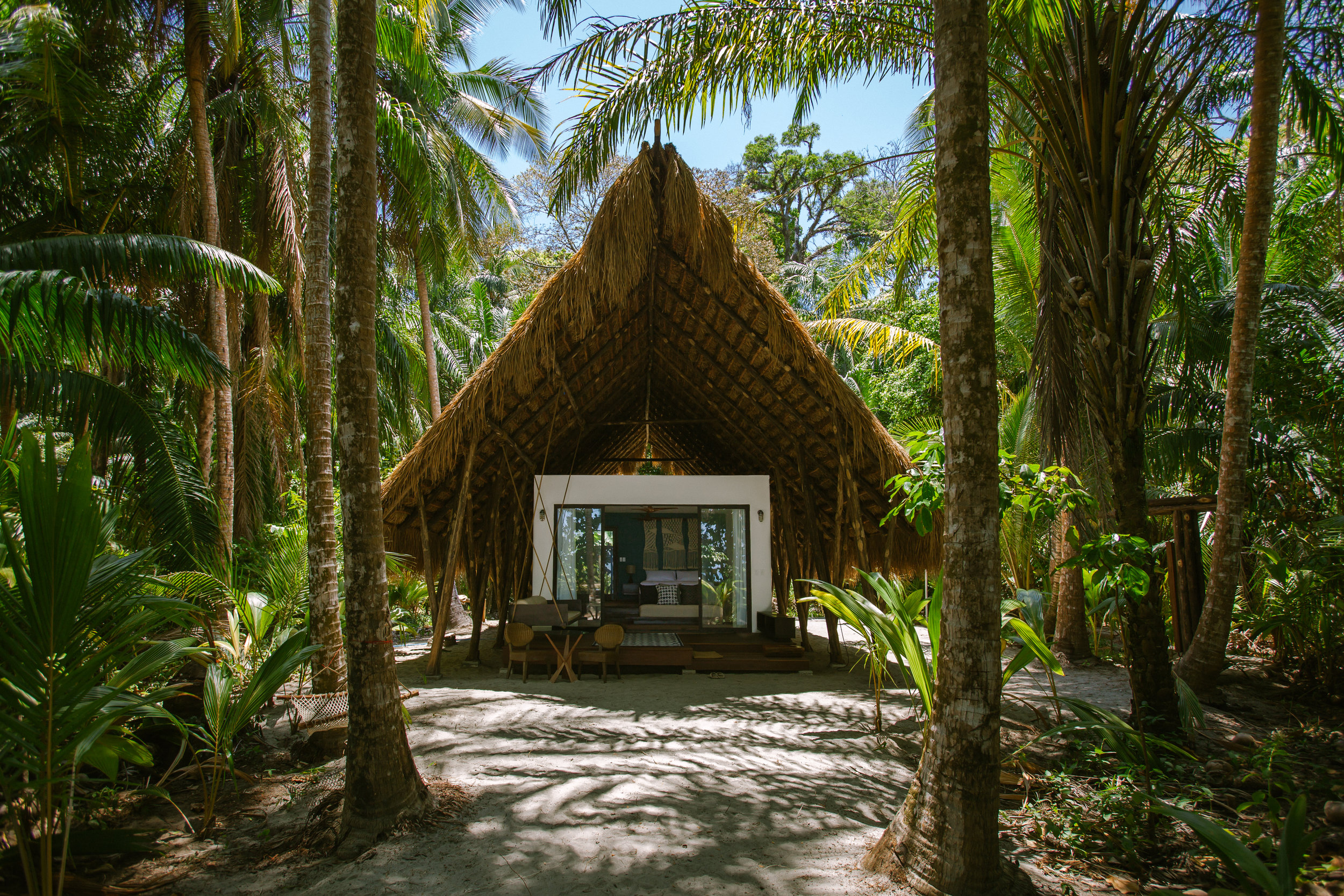
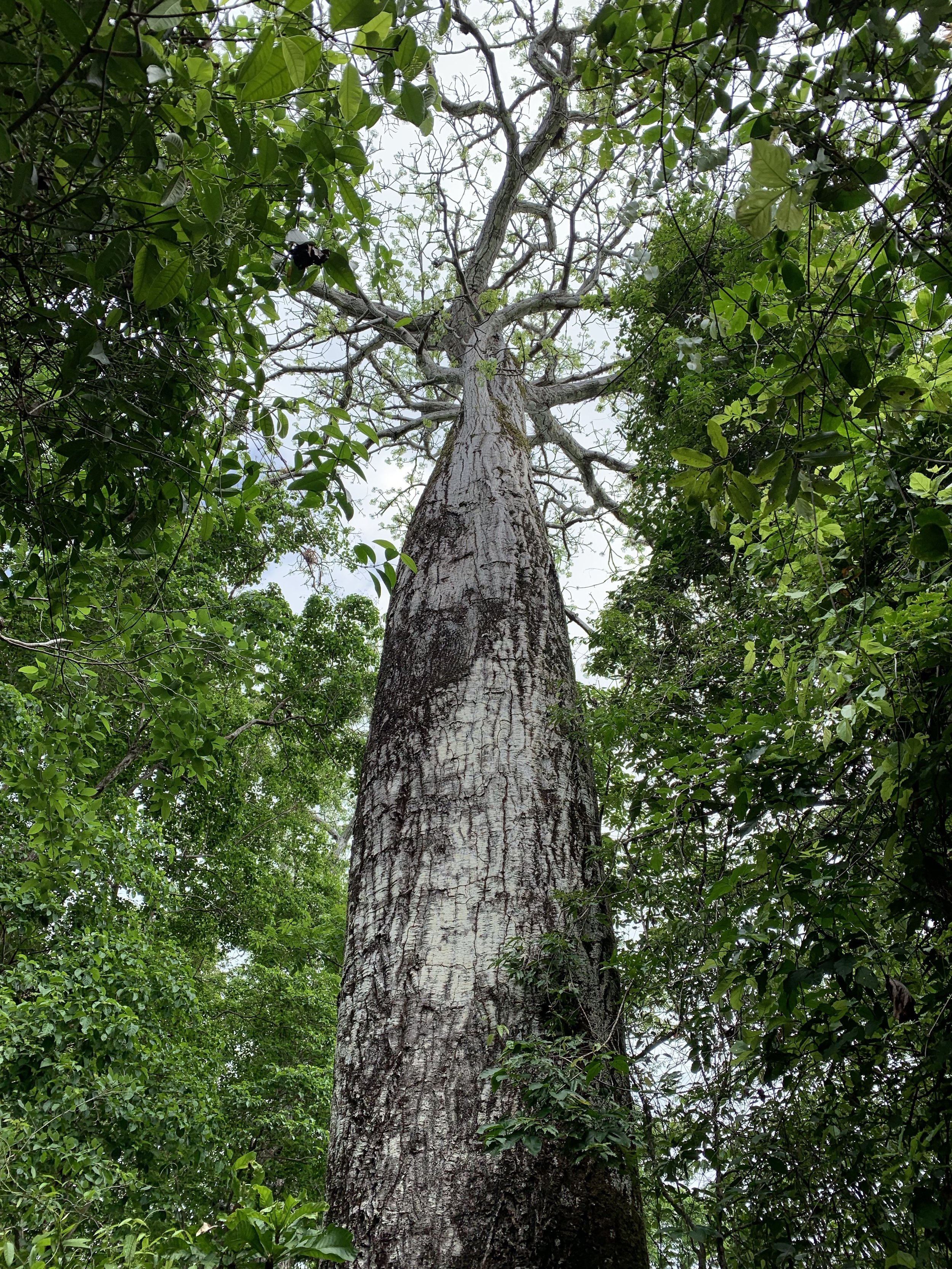

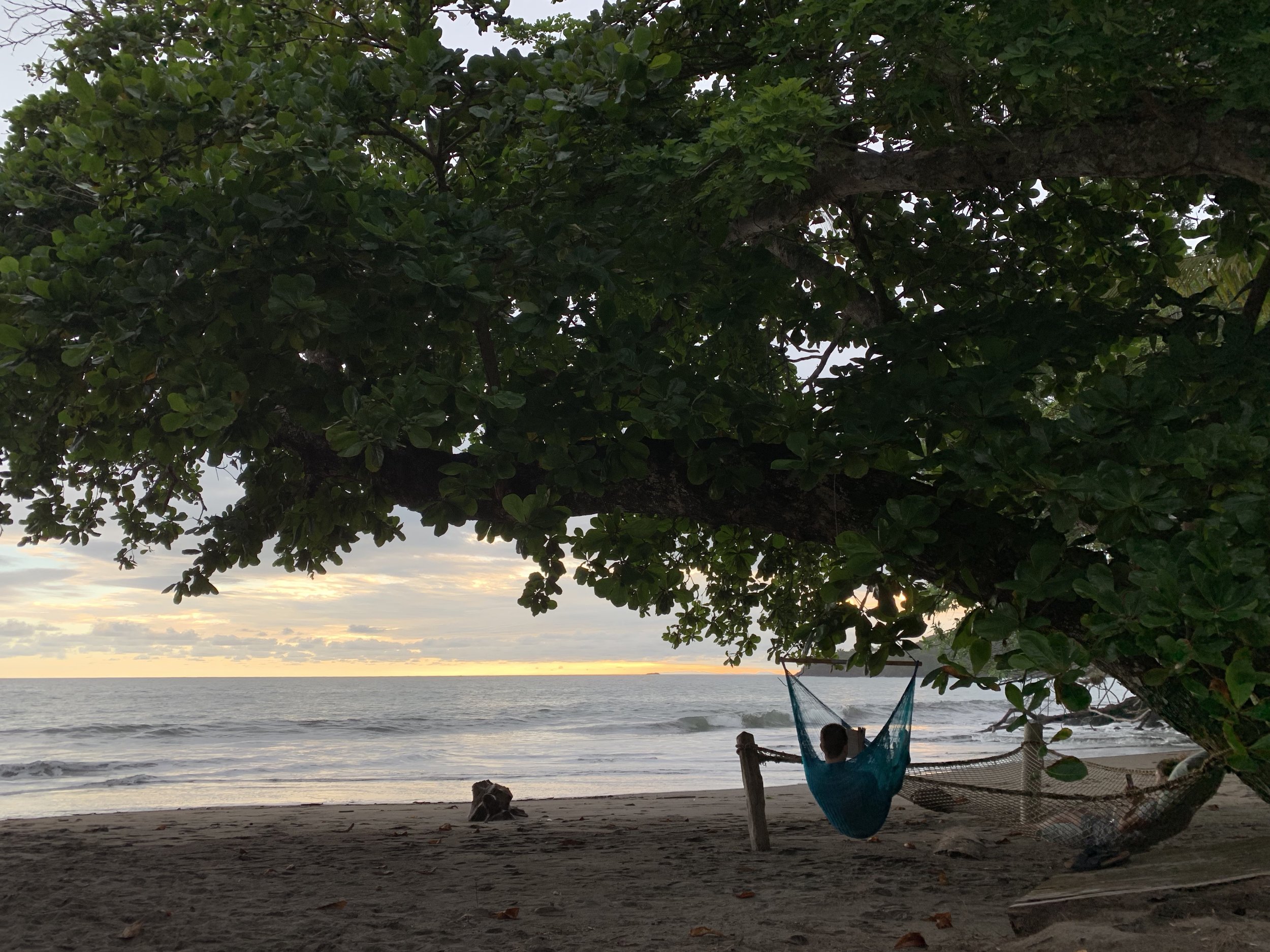
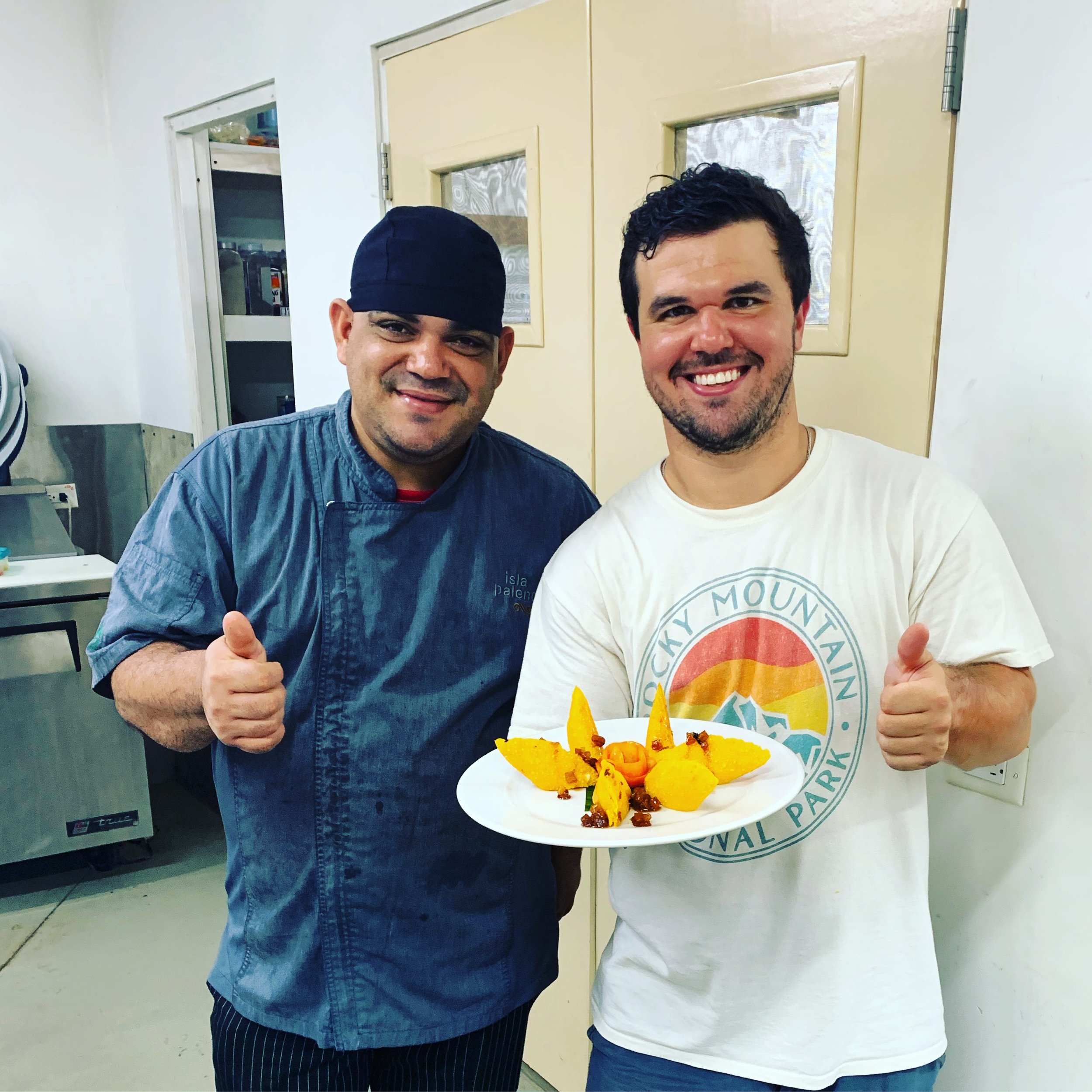
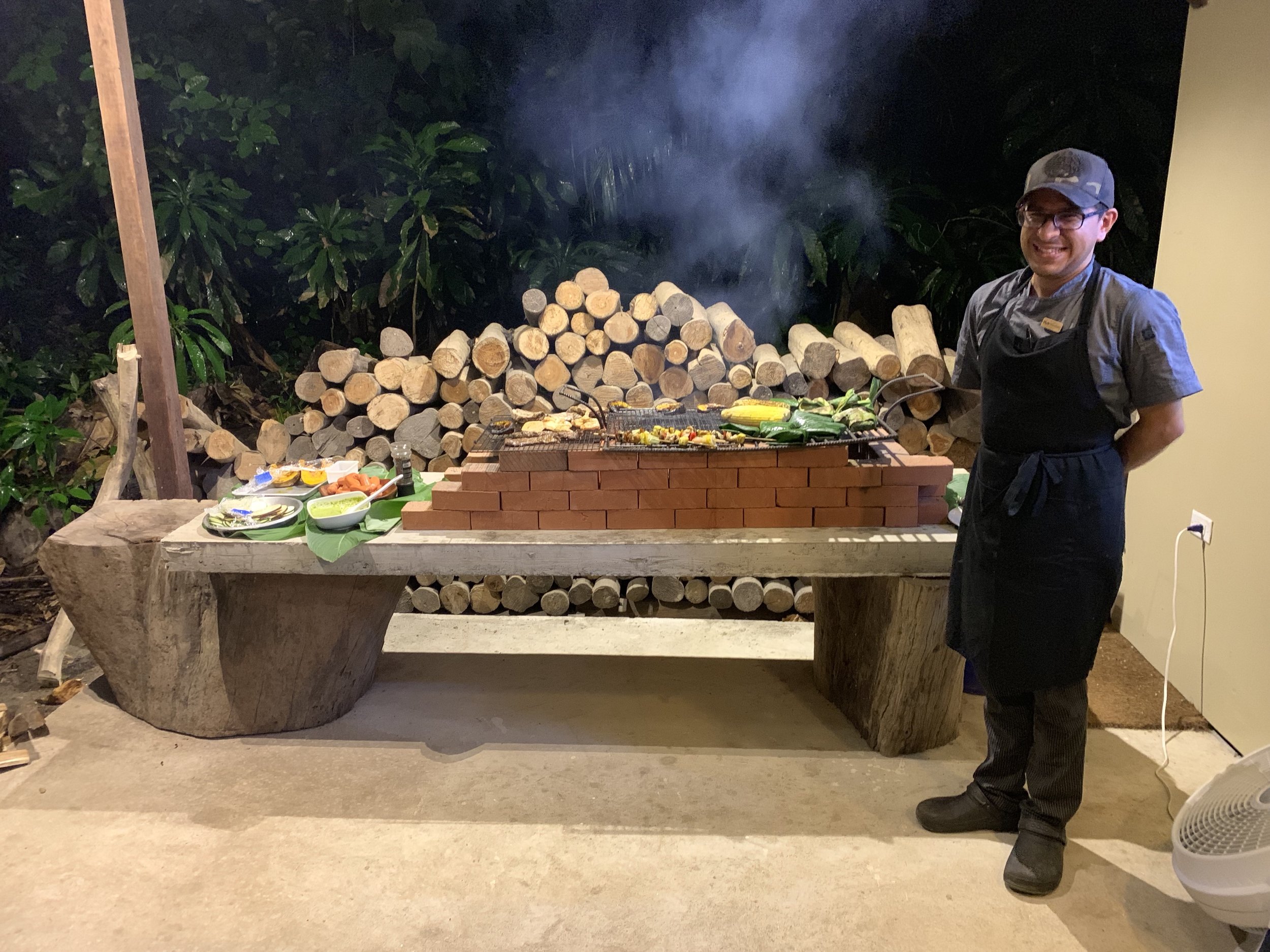
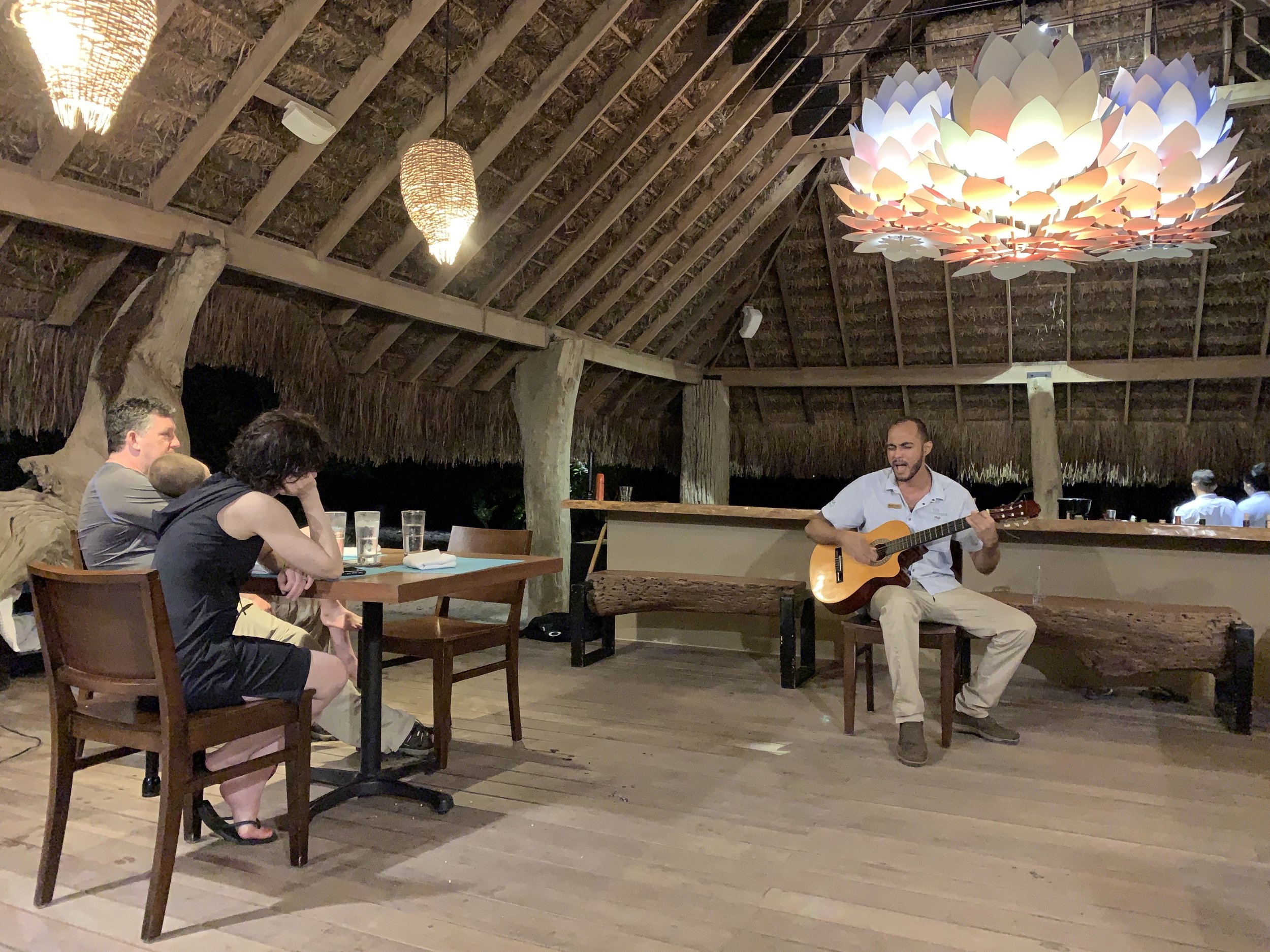
Both properties were outstanding. Isla Palenque was a destination that made me feel detached from society and surrounded by wildlife completely. At El Otro Lado, the Congo culture mixed with Spanish settlement and pirate invasions was an amazing experience – unlike anything I ever expected – inspiring and unique! The staff of each property was what really made the difference. From the guides, bartenders, chefs, to general managers, I felt nothing but respect and welcome arms at each property. - Anonymous Trip Participant
Originally I had viewed Panama as a possible extension for my clients going to Colombia, but this trip showed me different ways to talk about it as a stand alone destination. Kirsten & Clark, you guys are really a delight to work with - your knowledge of the destinations and properties and the generosity with which you share it have been invaluable to me selling your properties (which in turn really helps me grow our business).
Joe Sandillo, Almaz Journeys
Elian, an 8-year old student at La Escuelita del Ritmo in Portobelo, demonstrates what he’s learned from the school’s free music classes.
Awasi Atacama : New Rooms, Property Layout and Images
Awasi has made two major changes to their Atacama property that will be hugely beneficial to both travel professionals and guests.
A unified property layout and five new rooms which brings the total number of rooms from 9 to 12.
Awasi Atacama :
New Rooms, Property Layout and Images
The new unified property layout at Awasi Atacama
Awasi has made two major changes to their Atacama property that will be hugely beneficial to both travel professionals and guests.
A unified property layout and five new rooms which brings the total number of rooms from 9 to 12.
Previously, the property was bisected by a road, with five suites and the common areas on one side, and the remaining four rectangular suites on the other side. Awasi managed to purchase a large plot of land adjacent to the main portion of the property and have built five new superior circular suites. This layout has unified the property all onto one piece of land, with the guest rooms all located around the pool and common areas. The room categories are simplified with only two options; Round Rooms (430 sq ft) and Superior Round Rooms (750 sq ft) - the Rectangular Suite category no longer exists.
The additional room total being brought from 9 up to 12 should help with the always difficult availability issues at this most sought after property in the Atacama.
The Atacama Desert in Chile is a year round destination, with high season running from October through April. The high season in the Atacama does not have to do with this being a particularly better time to visit the Atacama weather wise, there are simply more visitors to Chile over these months because national parks further south in Patagonia close during the Austral winter months of May through September, and therefore there is less demand in the Atacama as a result. Awasi Atacama has a fantastic promotion over their low season (May-September) offering an additional night free for any booking of three nights or longer. There are also discounts in combining Awasi Atacama, Awasi Patagonia and Awasi Iguazu in the same itinerary.
All sales and marketing links for Awasi Atacama can be found on the property page. All current promotions can be found on the promotions section of the website.
Enjoy some new images of the five new suites at Awasi Atacama and the stunning scenery from photographer Luciano Bacchi below.





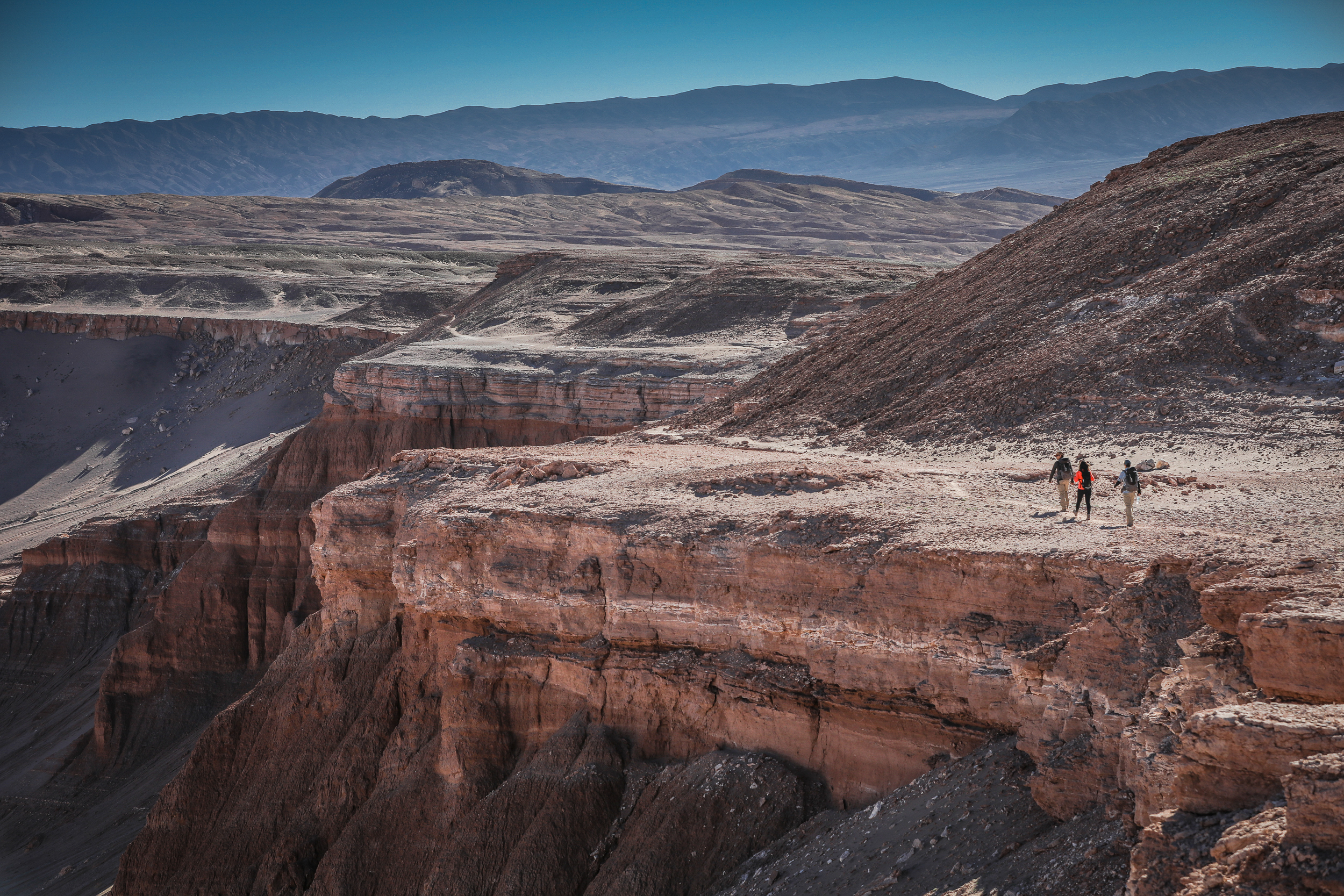




Private Homes & Full Buyouts: Unique Options in Latin America
An overview of private homes and larger suites within the Clark Kotula Representation Collection. Perfect for families, groups of friends and private buyouts.
Private Homes & Full Buyouts: Unique Options in Latin America
While we don’t currently represent any standalone, independent villas in our collection, several of our properties have either a multi-room suite or a private home on site that is ideal for exclusive use by a group of friends or a multigenerational family. And in a few cases, the small nature of a particular property also lends itself to private takeover. Following is a quick overview of these options within the Clark Kotula Representation Collection.
Master Villa Deck at Awasi Iguazu
The Master Villas at Awasi Patagonia & Awasi Iguazu
Best For: An Epic Family Trip Combining Two Iconic South America Destinations
Occupancy: 4 people total
Ideal for families with older children (minimum age is 10) or two couples traveling together, the Master Villas at Awasi Patagonia and Awasi Iguazu and boast two separate en suite bedrooms, a spacious living room and a large balconies. Awasi Patagonia includes an extra large soaking hot tub while Awasi Iguazu has a plus size plunge pool for refreshing dip in the rainforest.
Room Configuration: Each Master Suite has one bedroom with king bed and one bedroom with twin beds.
Awasi Patagonia Master Suite Layout
Awasi Iguazu Master Suite Layout (page 12)
Price: Awasi Patagonia - From $13,200 for a three night stay for 4, all inclusive
Awasi Iguazu - From $7160 for a two-night stay for four, all inclusive
Unique Selling Points: A private guide and 4x4 vehicle is allocated to the Master Villa, so you can choose what to do and when while exploring the most iconic Patagonia national park; “Torres del Paine”, or venturing far beyond the Falls at Awasi Iguazu, where the possibilities are endless. A family will have their own private guide and 4x4 vehicle at their beck and call to explore the falls, go on kayak and hiking excursions seeking out nature and wildlife as well as visit with local Guarani communities for cultural interaction.
Combining the 2 or 3 of Awasi’s lodges (Atacama, Patagonia, Iguazu Falls) utilizing the master suites makes for one of the most epic family trips in South America imaginable and offers guests additional savings over staying at just one property. See all AWASI COMBO PROMOTIONS here
Feel small at Estancia Cristina, surrounded by Patagonia’s soaring, jagged peaks
Cabin Buyout at Estancia Cristina, Argentine Patagonia
Best For: This most remote and wild of Patagonian outposts appeals to travelers with a pioneering spirit (like the Masters family, owners of historical Estancia Cristina) who want to spend their days hiking and exploring from dawn till dusk but be cozy and comfortable at night.
Occupancy: 2 per room or 8 adults per intact cabin.
Room Configuration: Estancia Cristina’s 20 rooms are distributed among 5 individual building, each with 4 private ensuite bedrooms off a shared living room. Rooms are configured as either two twin beds or one king bed, and can be booked together as an intact house for 8. See CABIN LAYOUT here
Price: From $8600 for a two night stay for 8 people, all inclusive
Unique Selling Points: Hike your heart out far from the maddening crowds of Perito Moreno (and increasingly, El Chalten as well) to see the largest glacier spilling off the Southern Patagonia Ice Cap, the Upsala, and get a taste of Patagonia’s pioneer history at this authentic outpost established by English immigrants in 1914. Horseback riding and fly fishing are also a draw.
One of two Suites at Hacienda Bambusa, overlooking the gardens and pool
Hacienda Bambusa: Rustic Farmhouse in Colombia’s Coffee Country
Best For: Exclusive buyouts. Round up between 7 to 15 of your closest friends and make Hacienda Bambusa your private home base for an immersive getaway in Colombia’s Coffee Country that is well off the trodden tourist path.
Occupancy: 19 total: 16 adults, 3 children
Room Configuration: 8 ensuite bedrooms with 300-550 sq. ft. of indoor and outdoor living space (3 standard, 3 Superior, 2 Suites). See ROOM DESCRIPTION document for complete details on each room. The three Superior Rooms can accommodate an extra bed for a child.
Price: From $2,000 per night for the 8 rooms
Unique Selling Points: Hacienda Bambusa is a delightful rustic farmhouse surrounded by fields of banana, coffee and cacao. The highlight here is the wealth of experiences that are at your fingertips, and the warm hospitality of being welcomed into a beloved family home, which starts with Hacienda Bambusa’s on-site managing director, Diego. Bambusa is an excellent option for an artist, writer or a yoga retreat; Colombia has gifted the world with an inspiring array of creatives, from Gabriela Garcia Marquez to Botero, and Hacienda Bambusa has its own in owner Santiago Montoya, one of Colombia’s best known contemporary artists.
Galapagos Safari Camp owners stand with their children on the terrace of the 3-room family suite
Family Suite at Galapagos Safari Camp
Best For: Families - this non-tented option is great for parents who prefer to have their little ones under the same roof, or a small multigenerational group.
Occupancy: 6 people
Room Configuration: One king bedded master bedroom and two twin bedded rooms, all interconnected. See all FAMILY SUITE photos here.
Price: From $25,320 for a 6day/5night family safari including accommodations, meals and guided excursions.
Unique Selling Points: If you value flexibility (so important when traveling with kids) and the option to be privately guided, a land “based” exploration of the Galapagos with the Galapagos Safari Camp might be for you. Utilizing the three bedroom family suite and charting smaller day yachts for explorations of the Galapagos islands and its wildlife by day is the perfect family trip for children of all ages.
Terrace views from the upper floor at Casa Grande
Casa Grande at El Otro Lado, Portobelo on Panama’s Caribbean Coast
Best For: Multigenerational Families or Private Buyout of Entire Resort.
El Otro Lado on Panama’s Caribbean Coast was originally conceived as a private retreat away from the big city for owner Aurora Eleta and her extended family, so the colorful & whimsical rooms are uniquely configured to accommodate families and multigenerational groups. Casa Grande Suites on the second floor open to a wide shared veranda with sweeping vies of Bahia Portobelo and downstairs blends open air and enclosed AC living spaces large enough to accommodate groups for meals.
Occupancy: 10 people in Casa Grande (6 adults, 4 children/teens) or 16 adults, 6 children/teens for Full Resort Buyout.
Room Configuration: Casa Grande: Suite 2 (2 queen beds downstairs, 2 twin beds in the loft), Suite 3
(Fixed King bed downstairs, 2 twin beds in the loft) Suite 4 (Two queen beds)
Full Resort: Casa Grande + Forest House (fixed king), Sea House (fixed king), Sun House
(fixed king + rollaway bed), Spirit House ( 2 king beds + rollaway bed)
Price: From $2,300/night for Casa Grande and $6,400/night for Full Resort. Includes meals, local boat transfers, select guided on-site activities & cultural experiences + daily Rustic Beach Club. Click here for BUYOUT RATES
Unique Selling Points: The rustic beach club at tropical Puerto Frances is a nice bonus, but the main attraction here is the vibrant creativity of the local Congo people, Afro-Panamanians descended from the Cimarrons. It seems that every resident of Portobelo was born with an artistic gift, and guests can share in their dancing, painting styles, percussion and singing through workshops with the Bahia Portobelo Foundation - all exceptional experiences for families. This nonprofit predates El Otro Lado and was founded by the Eleta Family to enable the local residents to showcase and share their culture with a larger audience.
Villa Estate with private pool at Isla Palenque
Villa Estate at Isla Palenque, Panama’s Gulf of Chiriquí
Best For: Two larger families traveling together or a multigenerational family group. A wild, tropical island just off of Panama’s undeveloped Pacific Coast, bohemian Isla Palenque is a laid back rustic beach retreat for nature lovers and anti-resorters.
Occupancy: Up to 14 total: 12 adults and 2 children or teens
Room Configuration: Click here for VILLA ESTATE LAYOUT. Two Master Suites (Fixed King + extra bed for two adults and 1 child or teen), three Jungle Rooms (1 fixed queen/jungle views) and 1 Garden Room (smallest room with a fixed queen) are spread across three levels, accessed via stairs
Price: From $3050 per night for 12 adults, inclusive of meals, roundtrip boat transfers between Isla Palenque and Boca Chica, on-island guided excursions, yoga and use of SUPs & kayaks.
Unique Selling Points: A private retreat to share meals, play games or enjoy the private beach and pool as an entire family group, but still enough space to escape and find privacy. The Villa Estate enables guests to participate in all of the excursions and amenities offered on the island and mingle with other travelers staying in the Beachfront Casitas. Fully catered meals in the Villa (lunch and dinner) + privately guided excursions are available for an additional supplement.
Inkaterra's Jungle Lodges - What's the difference between Reserva Amazonica and Hacienda Concepcion??
All three lodges are located in the Southern Peruvian Amazon region of Madre de Dios, and sit along the river of the same name. These lodges are most often visited as a first stop after arriving in Lima, and before going to Cusco, or visited after spending time in the Cusco area, and before returning to Lima. But there are some key differences that set them apart.
Inkaterra's Jungle Lodges
What's the difference between Reserva Amazonica and Hacienda Concepcion?
Inkaterra operates two very similar jungle lodges in the SouthEastern Peruvian Amazon, and people often ask what are the major differences between them.
The two main lodges are:
Inkaterra Reserva Amazonica
Inkaterra Hacienda Concepcion
*Inkaterra also operates the Guides Field Station, which I will not be covering in this article but more information can be found via this LINK.
LOCATION AND ACCESS
Canoes used for river transportation, here tied up at Hacienda Concepcion during sunrise
All three lodges are located in the Southern Peruvian Amazon region of Madre de Dios, and sit along the river of the same name. Guests going to any of the lodges fly into Puerto Maldonado airport (PEM) which receives multiple daily direct flights from Lima (90 minutes) and Cusco (40 minutes). So these lodges are most often visited as a first stop after arriving in Lima, and before going to Cusco, or visited after spending time in the Cusco area, and before returning to Lima.
Once guests land at Puerto Maldonado, they will be met by staff of the respective lodge they are going to and driven about 15 minutes through Puerto Maldonado to the river pier. Here guests will board specialized motorized dugout canoes for the ride downstream on the Madre de Dios River to their lodge.
Inkaterra Hacienda Concepcion is the first lodge reached, on the right river bank, only about 25 minutes downstream of Puerto Maldonado. Another 10 minutes downstream or 35 minute travel time total, on the opposite, left river bank, is Inkaterra Reserva Amazonica. Then a further 10 minutes downstream from Inkaterra Reserva Amazonica (or 45 minutes total from Puerto Maldonado) on the same left river bank is Inkaterra Guides Field Station. Below is a map of the area noting the locations of both Inkaterra Hacienda Concepcion and Inkaterra Reserva Amazonica, and the various excursions in the area.
PRICE POINT AND CLIENT PROFILE
Inkaterra Reserva Amazonica was the original and still is the flagship of the three lodges, it is the most expensive and the most comfortable of the three in terms of services offered and onsite amenities.
Inkaterra Hacienda Concepcion is slightly less in cost than Reserva Amazonica, and varies somewhat in the services and amenities offered, but has unique attributes that might attract certain guests to stay there instead of Reserva Amazonica regardless of the lower price point.
LODGE SETTINGS AND ACCOMMODATION CHARACTERISTICS
The beautiful main lodge at Inkaterra Reserva Amazonica
All lodges are built in traditional jungle style of wooden beams, thatched roofs, dark hardwood flooring and are screened in with ceiling fans, there is no air conditioning, you are not hermetically sealed away from the rainforest you have come to experience. The lodges are all off the grid, so are powered by generators that run from 5am to 3pm and then from 5:30pm to 11pm to provide light and ventilation by ceiling fans. There is hot water in all the rooms run on a solar/gas system.
Inkaterra Hacienda Concepcion sits on the right riverbank and is a short, perhaps 5 minute walk back into the rainforest from the rivers edge. So it is not on the river. It actually sits on a small cocha (Lake) and is surrounded by thick jungle, with gravel paths connecting the Casitas (rooms) with the main lodge area, as you walk you are surrounded by rainforest. There is a lot of jungle noise here, you really feel enveloped by the rainforest at Hacienda Concepcion and a lot of people love this aspect of being “amongst it”. The Cocha (lake) attracts a lot of wildlife, such as caiman you can see swimming around and squirrel monkeys in the trees. The lodges’ location on the right bank is surrounded by the protected area of the Tambopata National Reserve, a huge tract of protected rainforest – so the immediate wildlife around this lodge is greater. This can be a blessing or a curse, as here howler monkeys often are close by and can begin their ominous roar at 4am – an amazing experience for most but an annoyance for some. There are only two options in accommodation at Hacienda Concepcion: Five simple but comfortable rooms in the main lodge which are at an entry level price point, or 25 individual cabanas in the forest and along the lakes edge. These casitas are all the same and there are no suites, or varying categories. The main lodge is a two story beautiful and typical building, with the dining room and bar below and upstairs a spacious open lounge. A small spa with two massage rooms is under construction and should be ready by August 2019; meanwhile massage therapies are provided in room until completion.
Here you can take a video tour of the Casitas at Inkaterra Hacienda Concepcion.
A Superior Rio Cabana at night at Inkaterra Reserva Amazonica
Inkaterra Reserva Amazonica is a further 5 minutes down the river from Concepcion and sits on the opposite riverbank. The lodge and some cabanas are riverfront, others front the jungle, and the grounds are more manicured, you are not deep in the jungle as you are at Inkaterra Hacienda Concepcion. Green grass with landscaped trees dots the property and lovely tree stump paths connect the main lodge to the cabanas. The main lodge is a very grand structure, with high vaulted ceilings – downstairs for dining and the bar with cute little sitting areas, and up above a terrace with more private places to sit and read books or play games. There is a great little boutique shop at Reserva Amazonica and the wonderful, totally renovated Ena Spa facing the river. So Inkaterra Reserva Amazonica has more of a “resort” feel to it compared the true “jungle lodge” feeling of Inkaterra Hacienda Concepcion. Apart from prolific birdlife, and the occasional Agouti which ventures out from the forest edge, you may also see capuchin or squirrel monkeys right at the lodge treetops, but seldom howlers.
The major difference in accommodations here are that there are 4 different categories of “Cabanas” to choose from, with the Cabanas running in four parallel lines back from the riverbank. There are 24 “Superior” Cabanas and 8 “Superior Rio” Cabanas, these Cabanas are exactly the same in size and layout, only that the Superior Rio Cabanas are right along the riverbank whereas the regular Superior Cabanas are set back a bit from the river in two parallel rows. Set back against the jungles edge are two Suite categories; 1 Amazonica Suite and 2 Tambopata Suites which have private plunge pools.
You can take a video tour of the property and the various room categories here:
EXCURSIONS
The excursions from each lodge overlap a lot, with slight variances from each.
In general, Inkaterra Reserva Amazonica offers al a carte excursions where guests choose what they want to do over their stay - subject to climate conditions, whereas at Inkaterra Hacienda Concepcion they offer fixed programs of 3d/2n up to 5d/4n. So there is more flexibility at Inkaterra Reserva Amazonica but the programmed itineraries at Inkaterra Hacienda Concepcion are fantastic and fit in the highlights regardless. Canoeing up Gamitana Creek for Pirahna Fishing, excursions to Inkaterra Canopy Walkway and to Lake Sandoval are done from both properties.
Canoeing up Gamitana Creek for Piranha fishing, done from both properties
One difference is that each lodge has its own trail network surrounding it, so generally the naturalist led walks will take place at the property in which you are staying. Wildlife may be a bit better on the trail networks around Inkaterra Hacienda Concepcion but the variance in terrain is better at Reserva as they have dry forest, flooded forest, etc. Concepcion has their own Cocha (Lake) to explore by canoe and Reserva has a wetland walk on their property which isn’t available at Concepcion. Inkaterra Hacienda Concepcion was at once a Cacao Plantation and a Brazil Nut Farm so those are activities onsite at Concepcion, but guests from Reserva Amazonica can also access them.
Overall wildlife spotting is going to be the same for each as it is often on the excursions away from the properties where the wildlife is seen the most.
You can access the excursion booklet for Reserva Amazonica HERE.
You can access the excursion booklet for Hacienda Concepcion HERE.
SUMMARY
You can’t go wrong staying at either lodge for a fantastic Amazon experience.
In summary, if price is an issue, Hacienda Concepcion has lower rate options. If price is not an issue, then visitors may prefer Reserva Amazonica because it offers more amenities and room categories to choose from, in addition to the more manicured river view setting. Those that prefer Inkaterra Hacienda Concepcion do so for the “in the jungle” experience and the option of seeing more wildlife right on property as opposed to when out on excursions. Reserva Amazonica might be better for those looking for some down time to chill out, whereas Concepcion might be better for more active travelers. The standard cabanas at each property are very comparable in size and comfort to each other, Reserva Amazonica offers upgraded suites and Concepcion offers a more basic room option from their cabanas. Food service at both properties is comparable, with the presentation leaning slightly towards Reserva Amazonica.
A drone’s eye view of Inkaterra Reserva Amazonica along the banks of the Madre de Dios River







